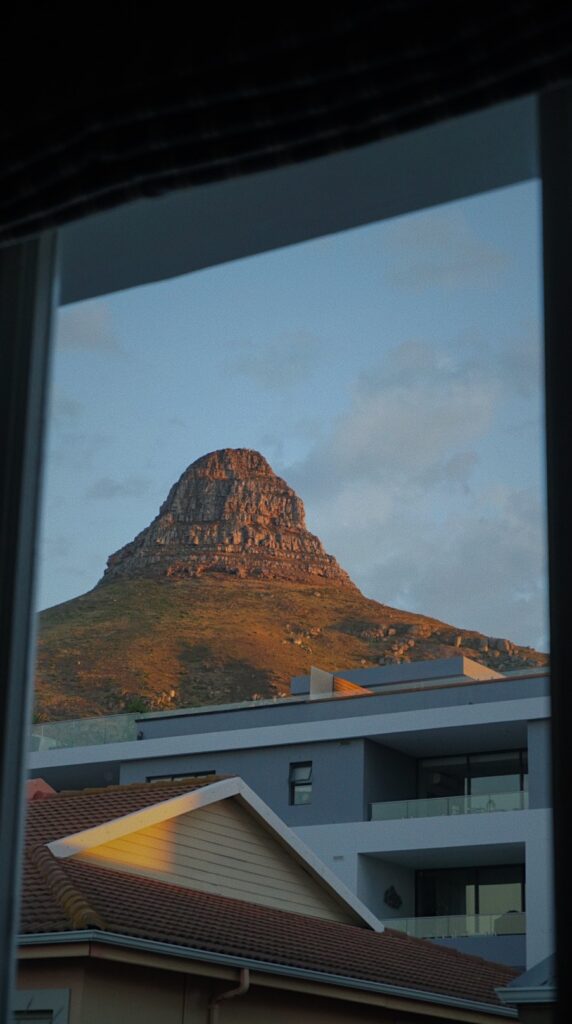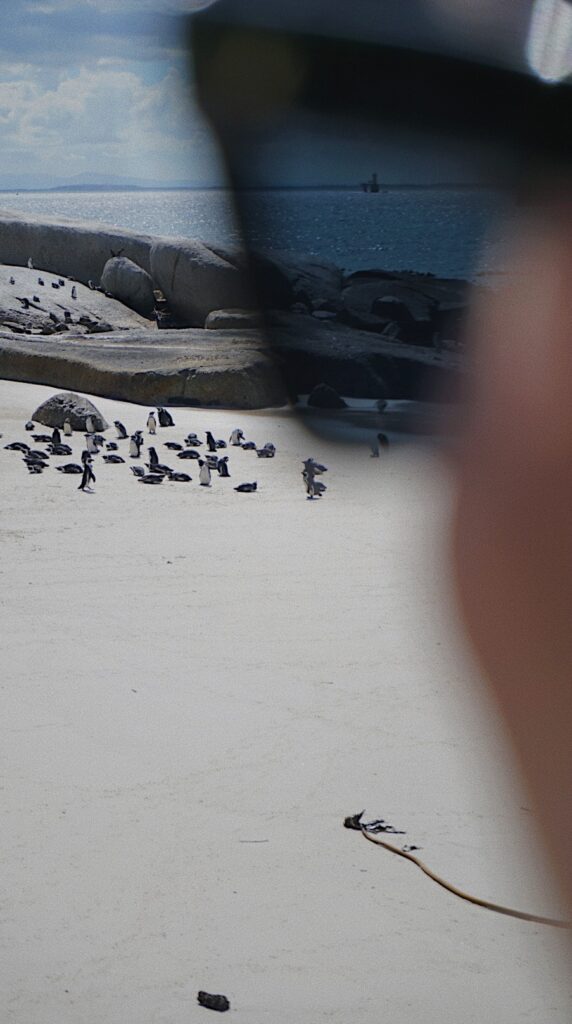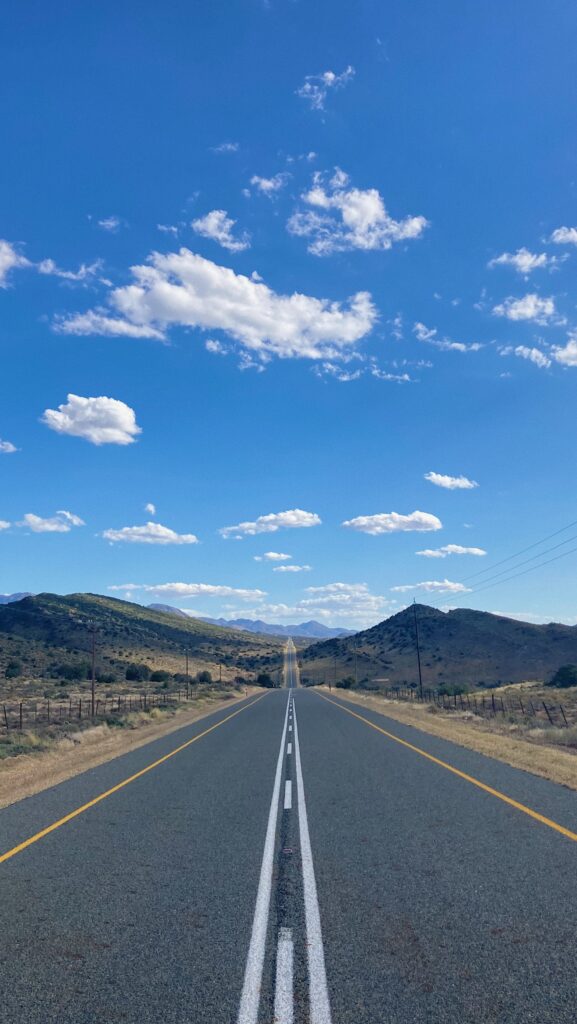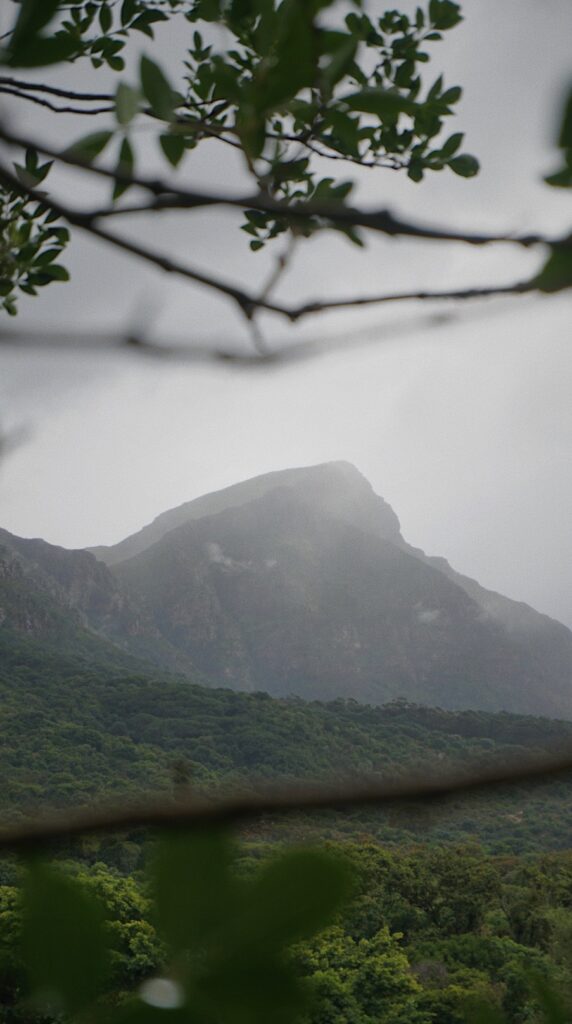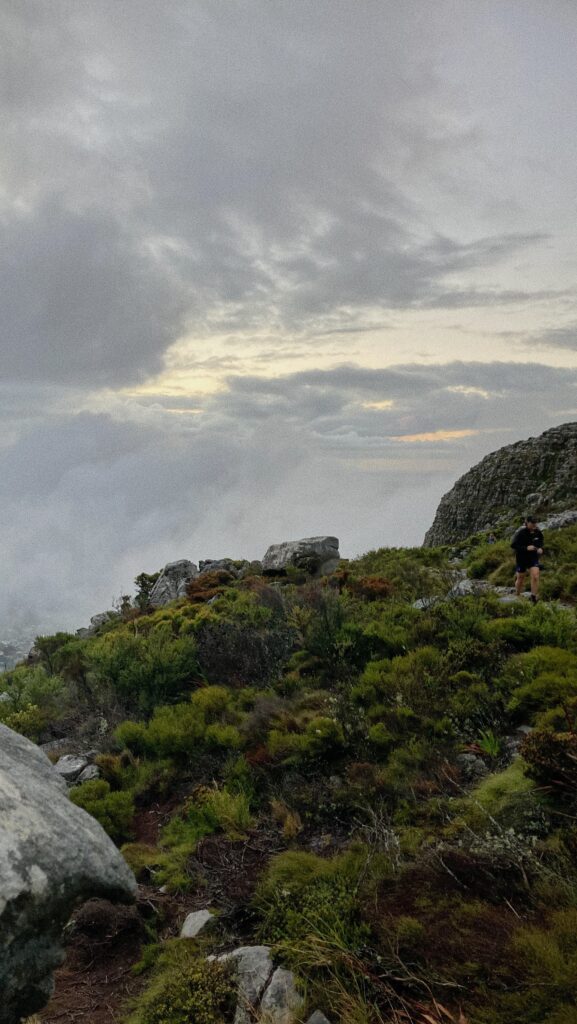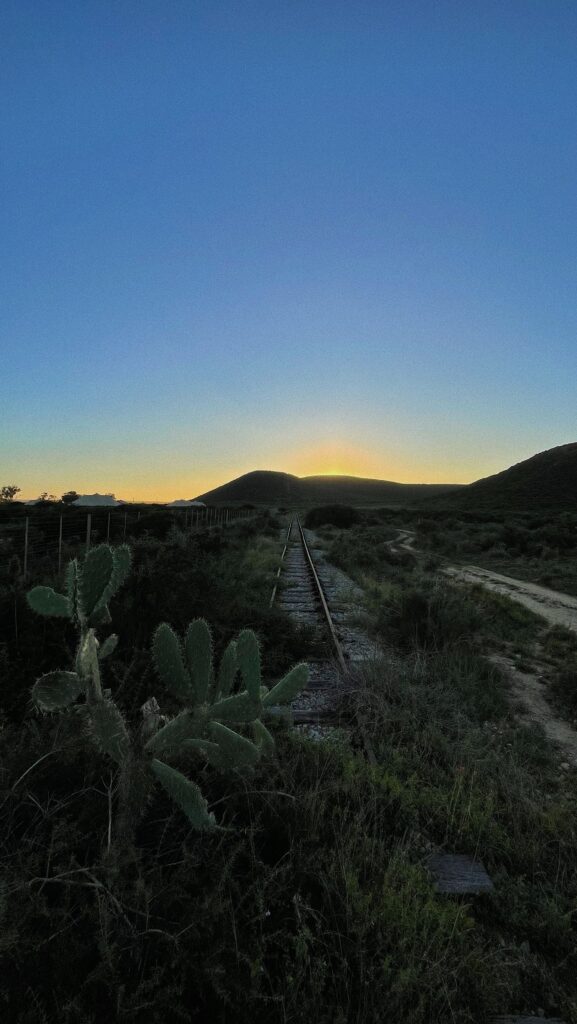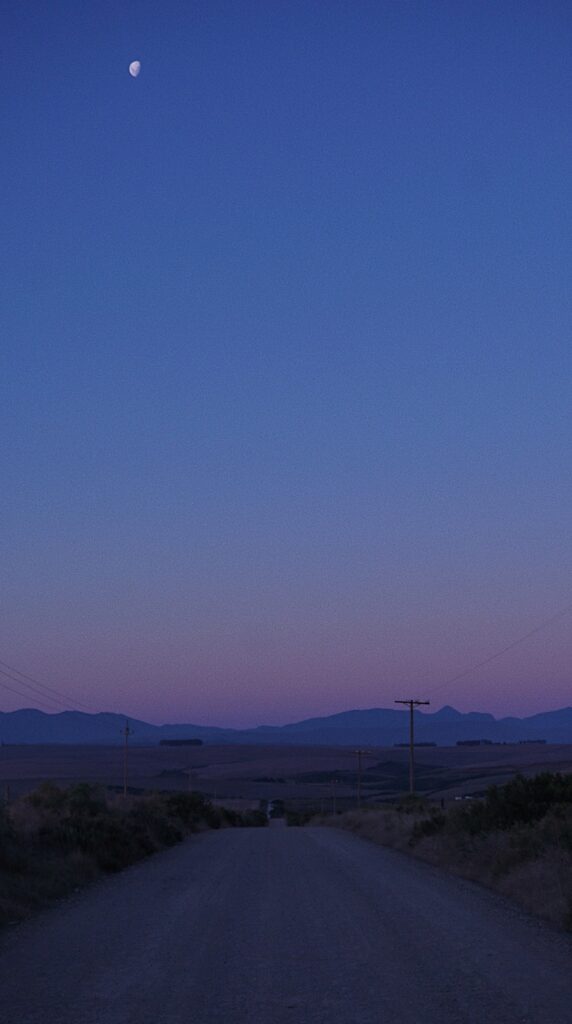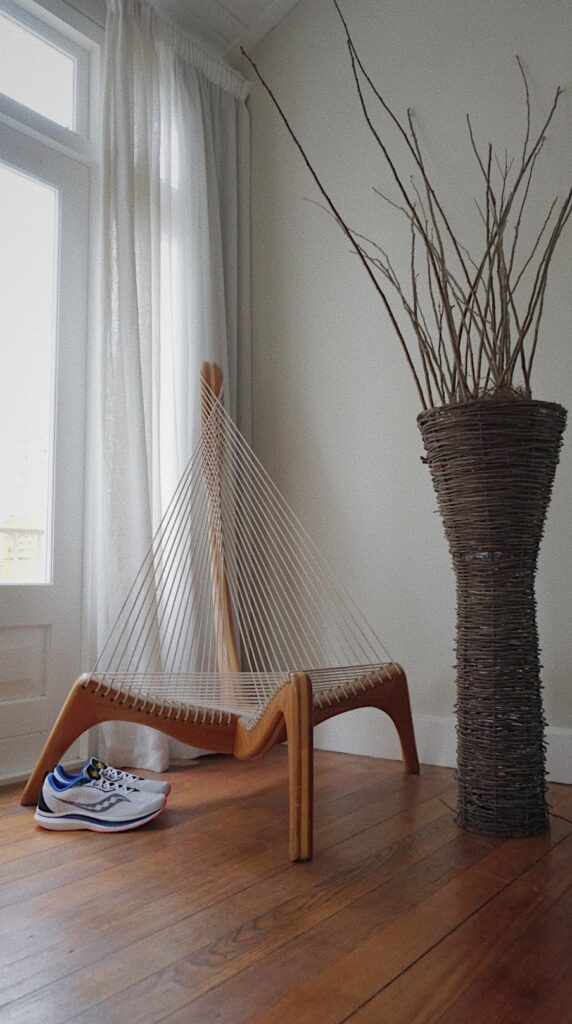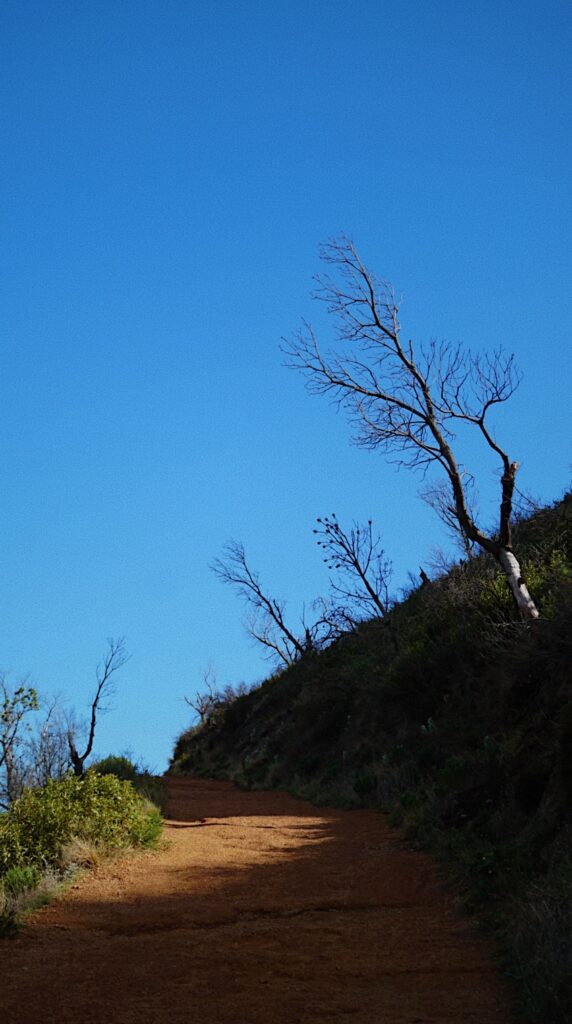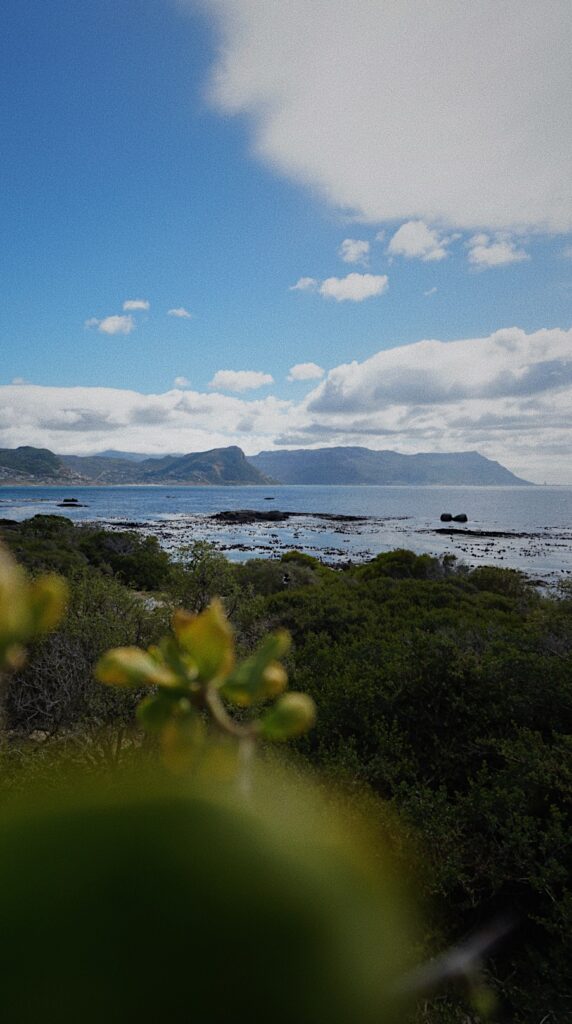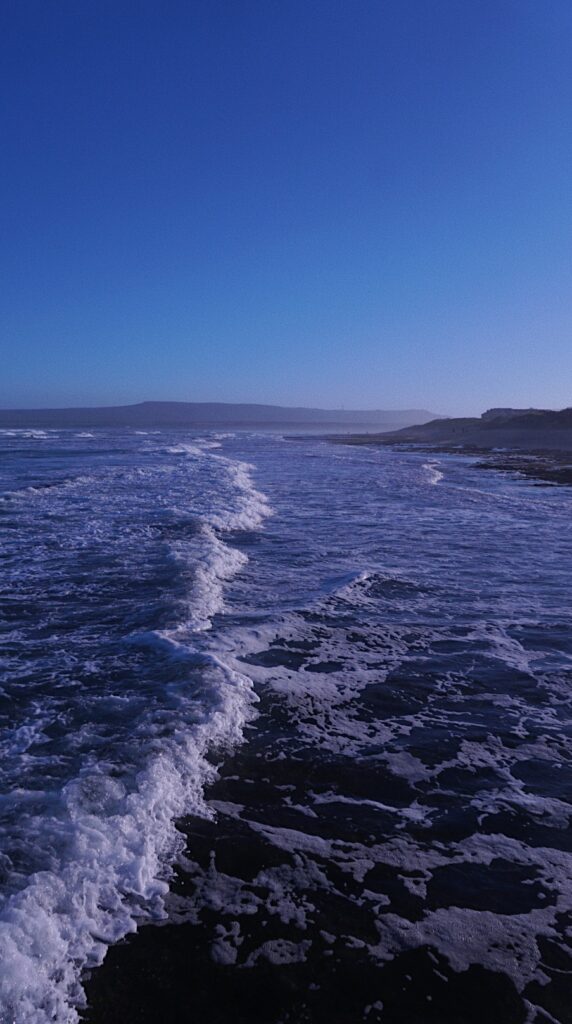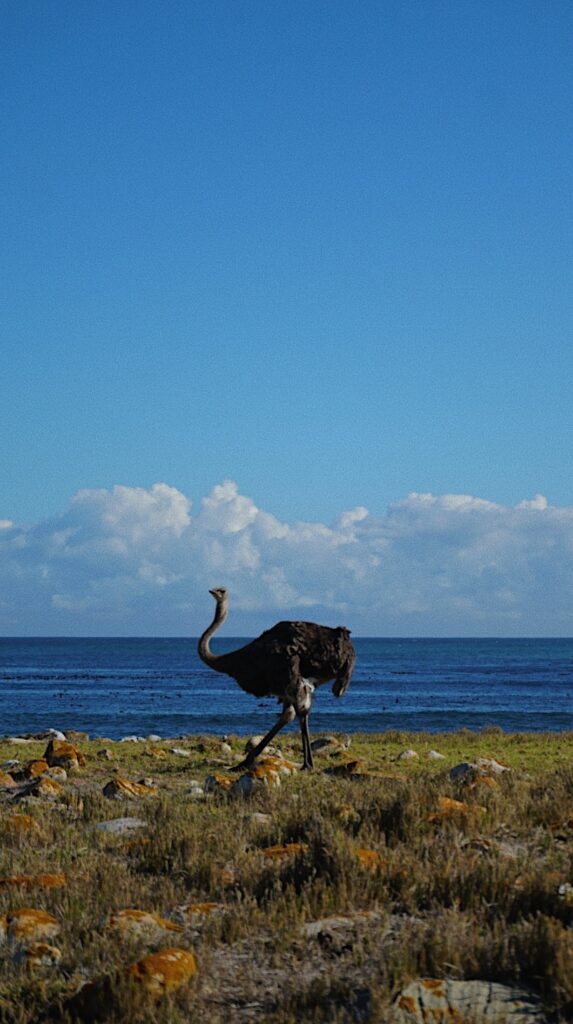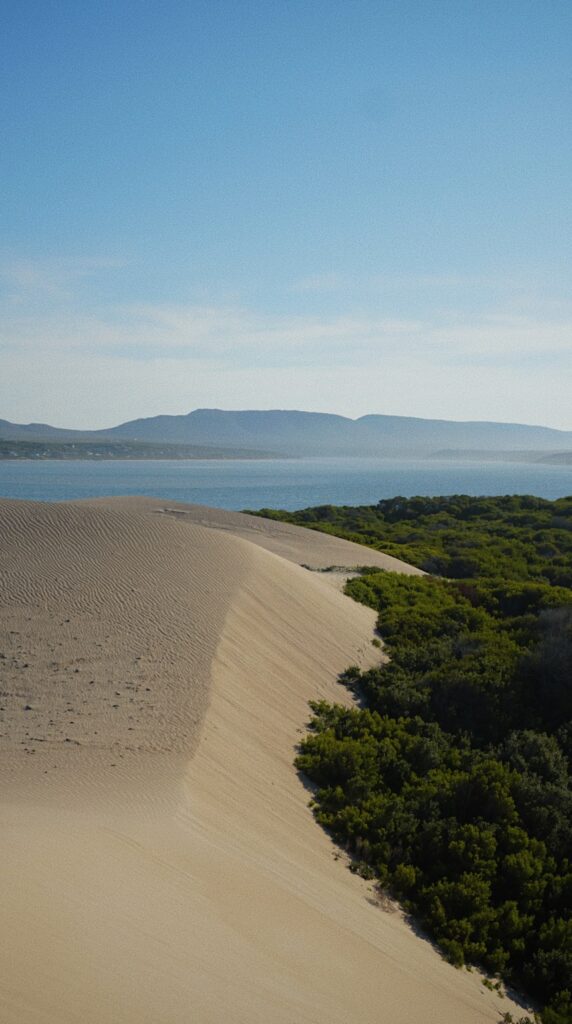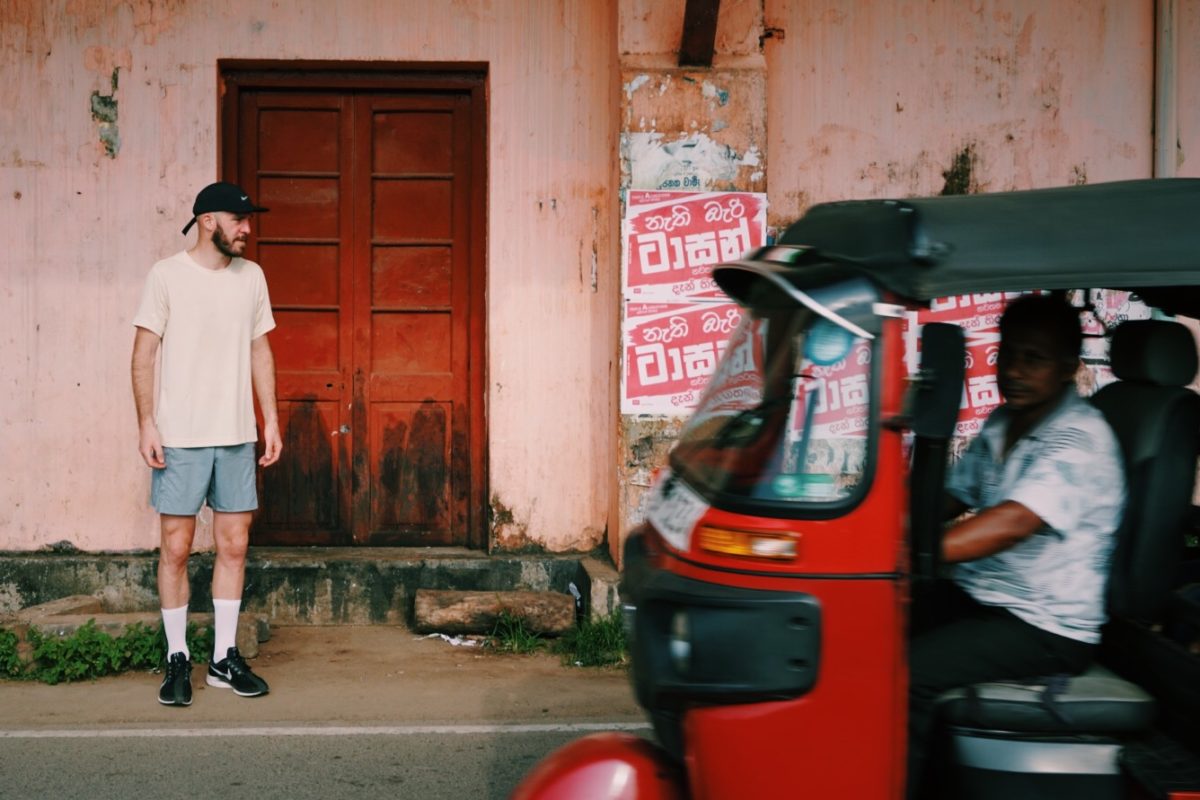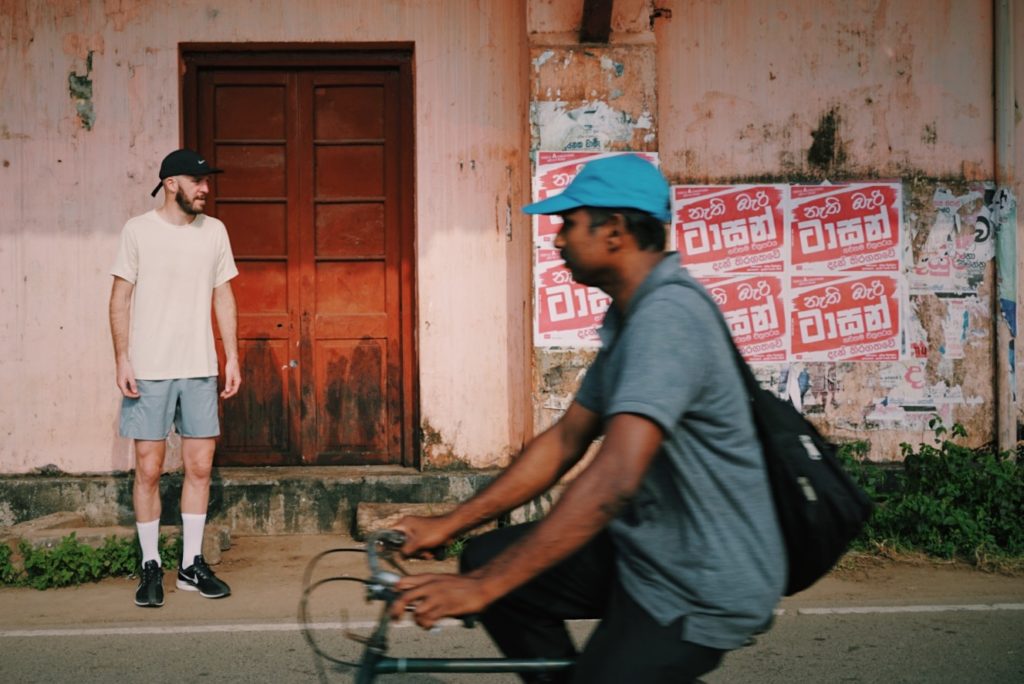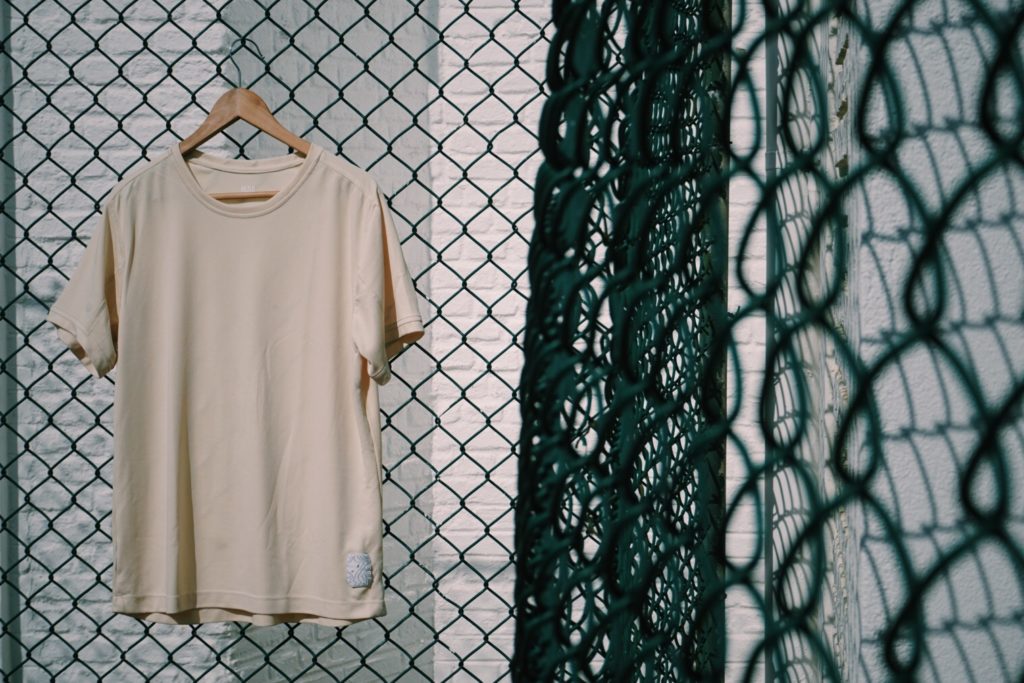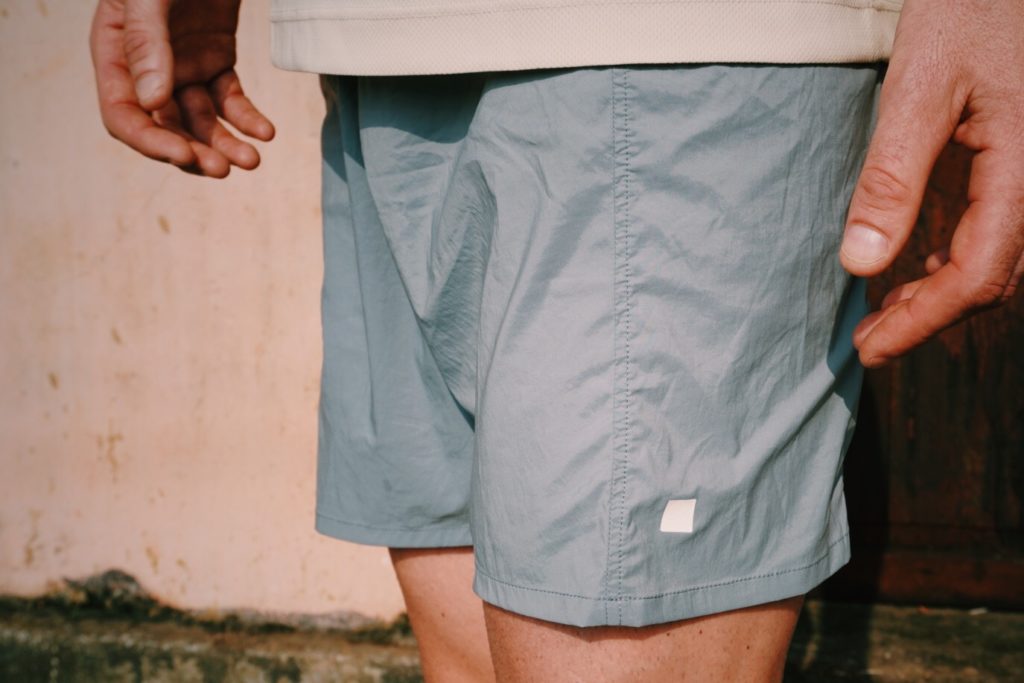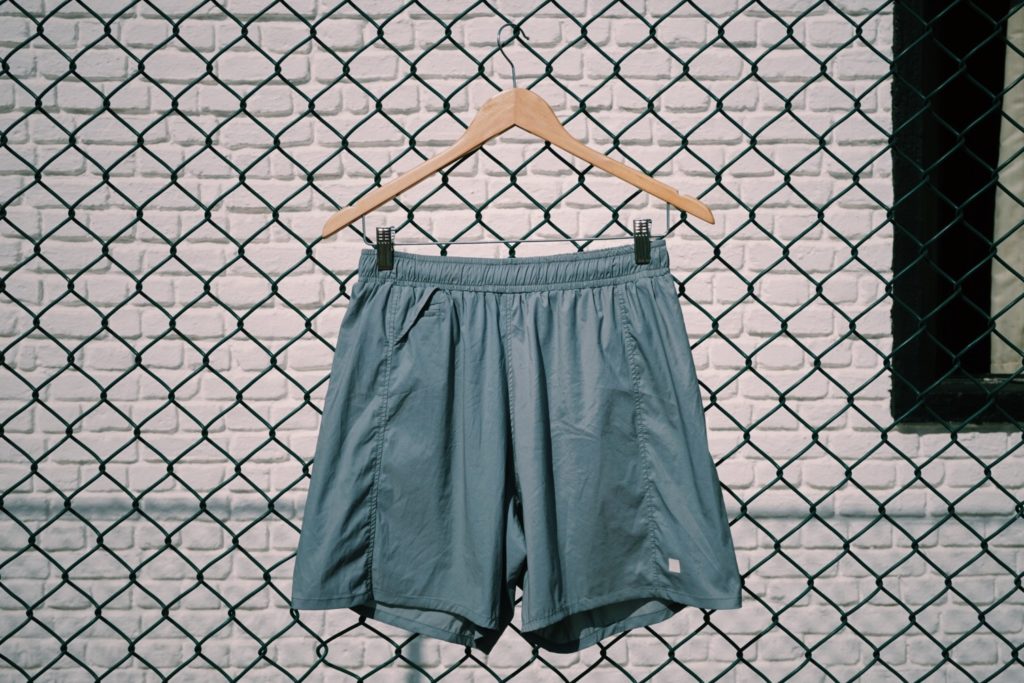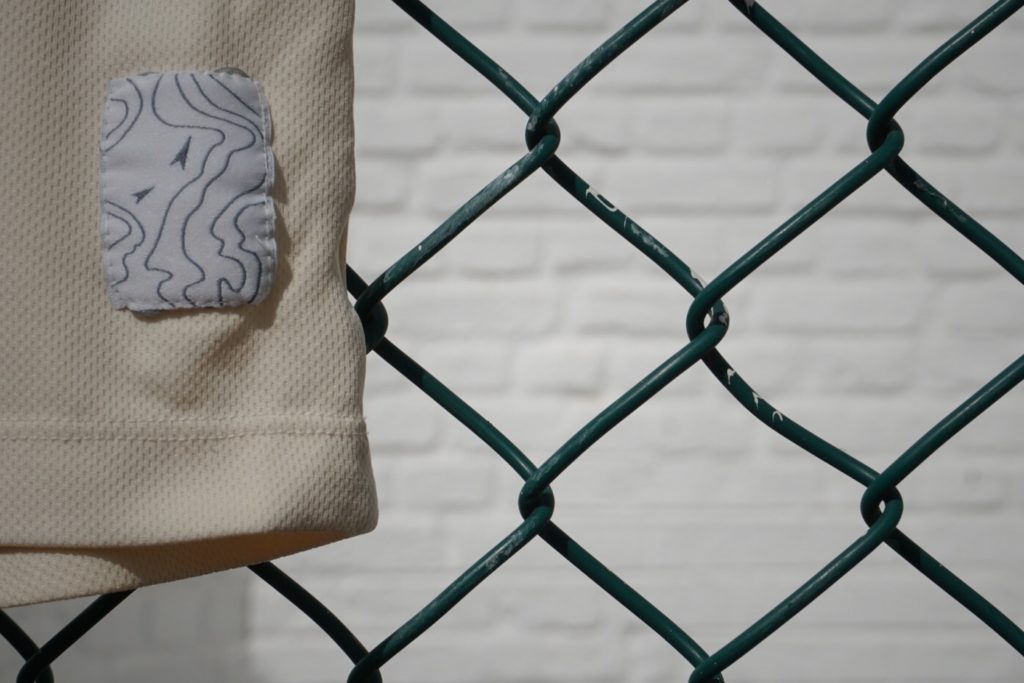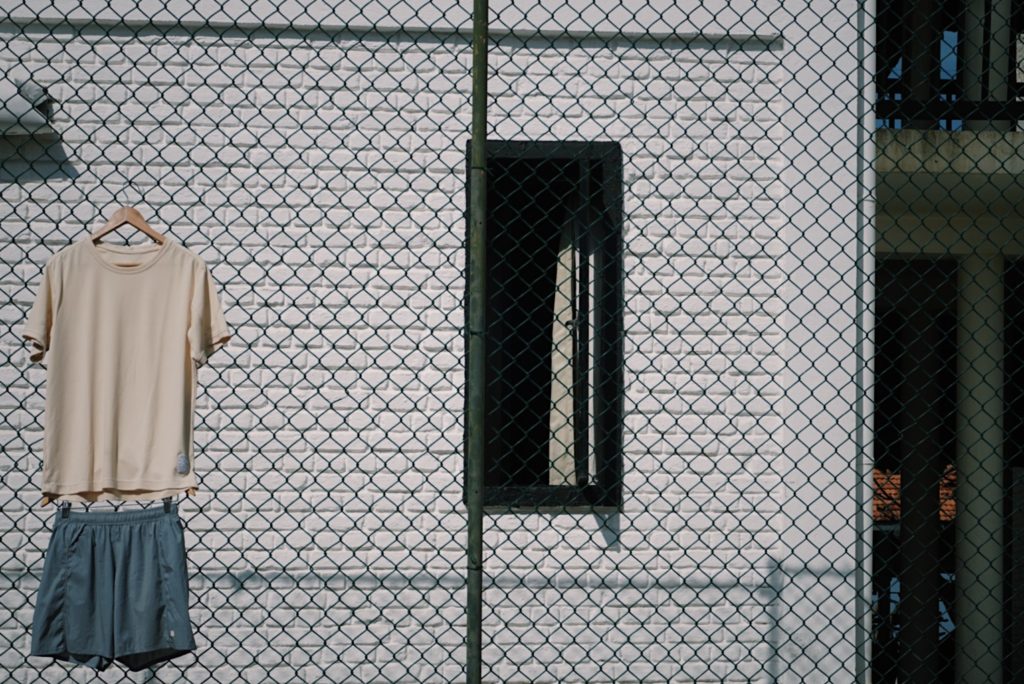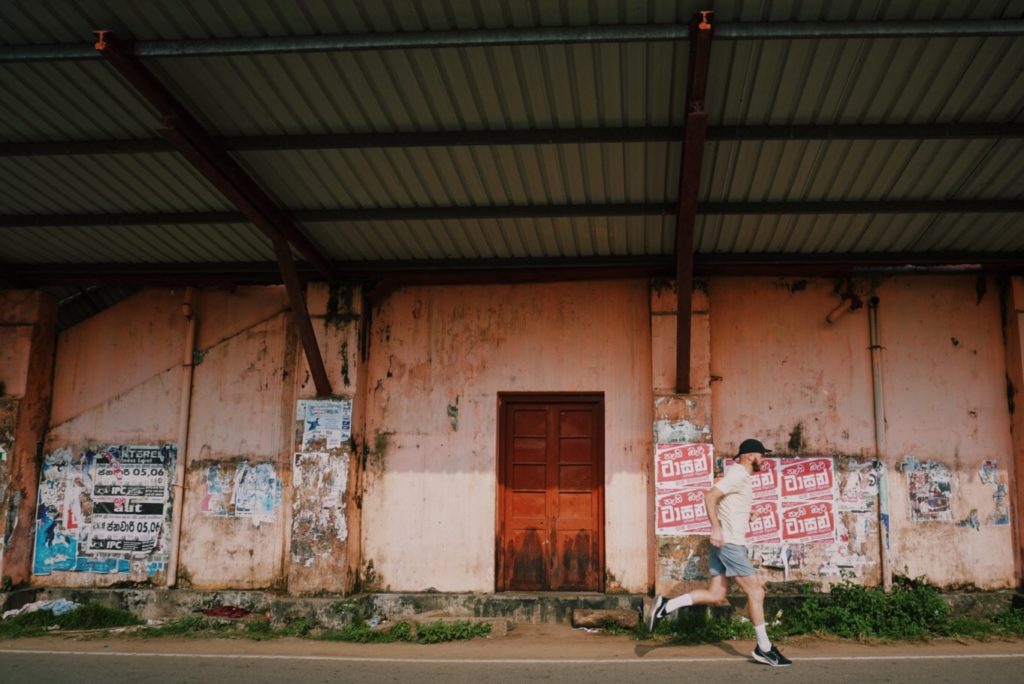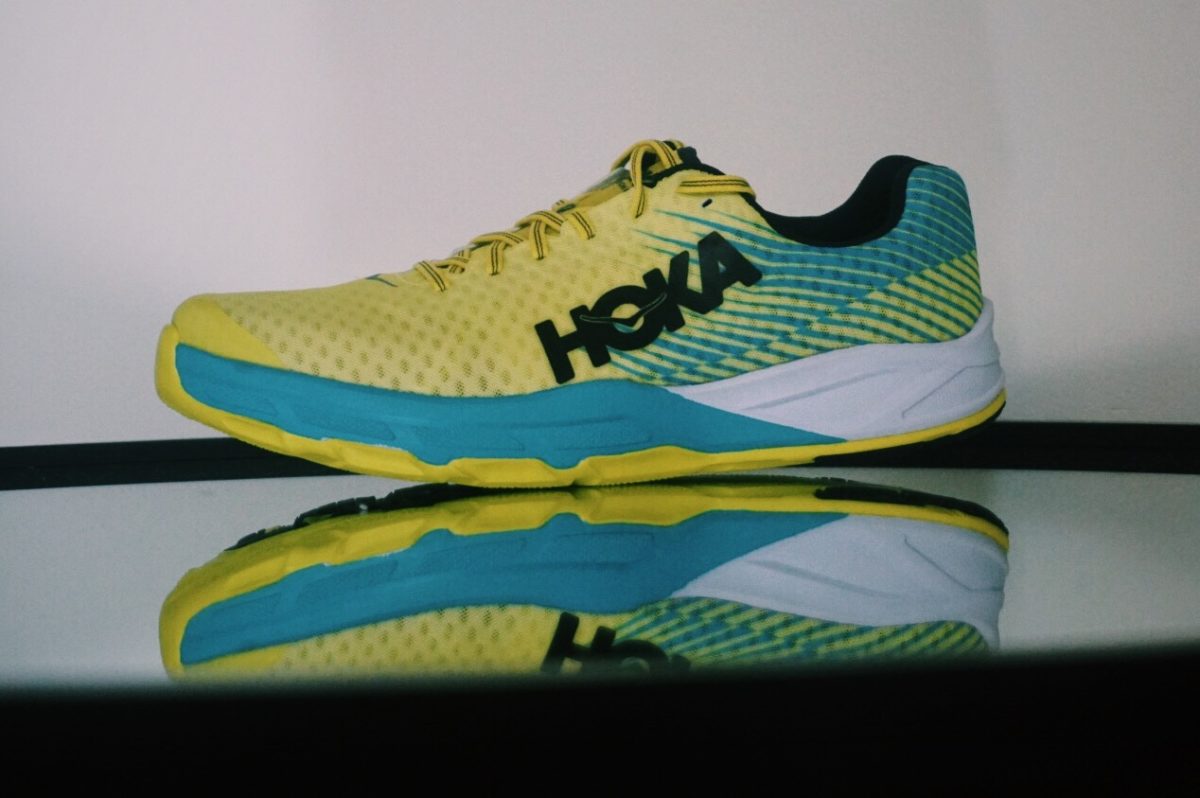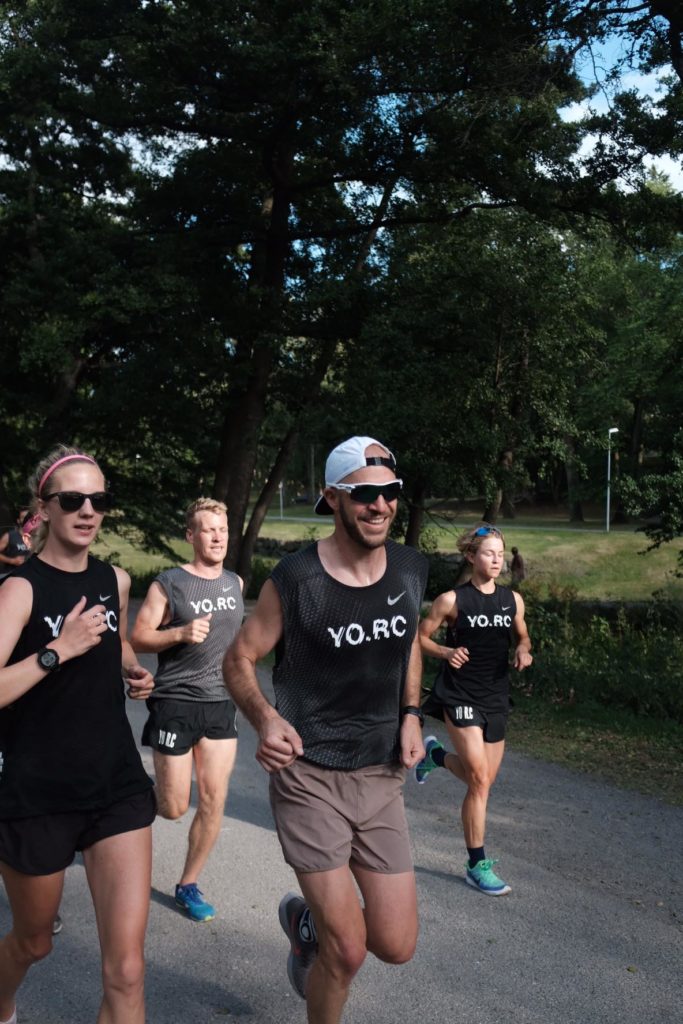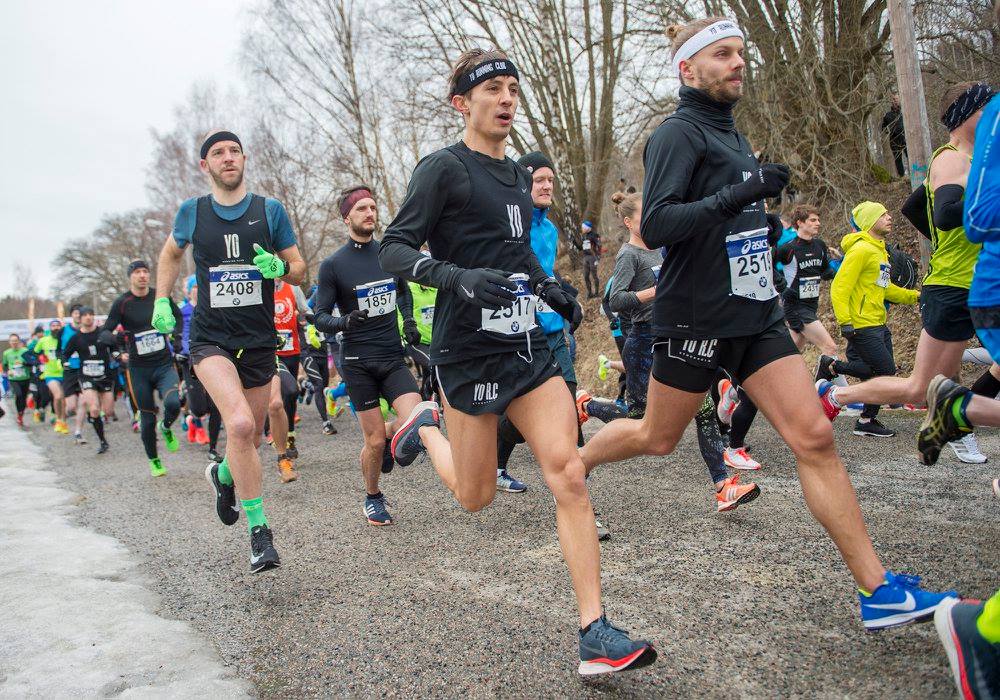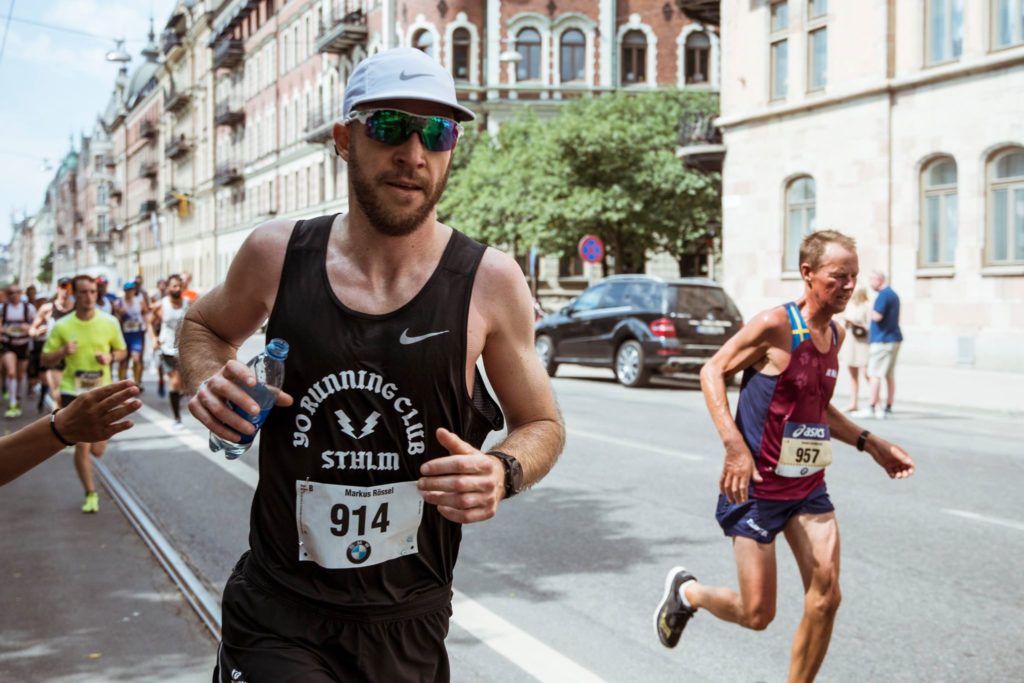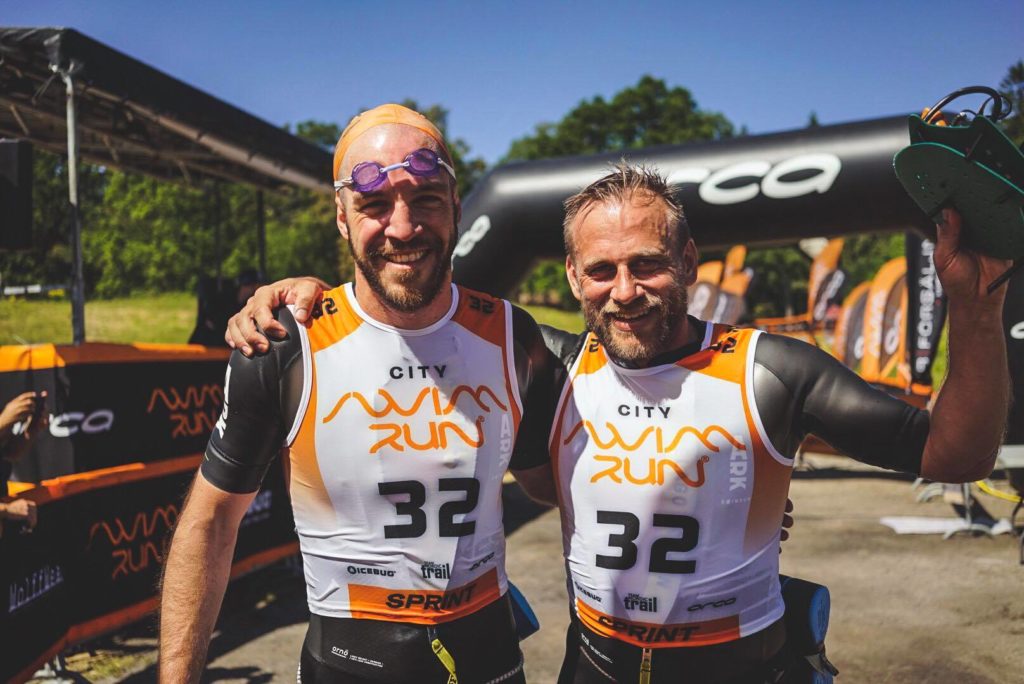Together with my family I spend the good part of April in South Africa. What a trip it has been.
Schlagwort: marathon
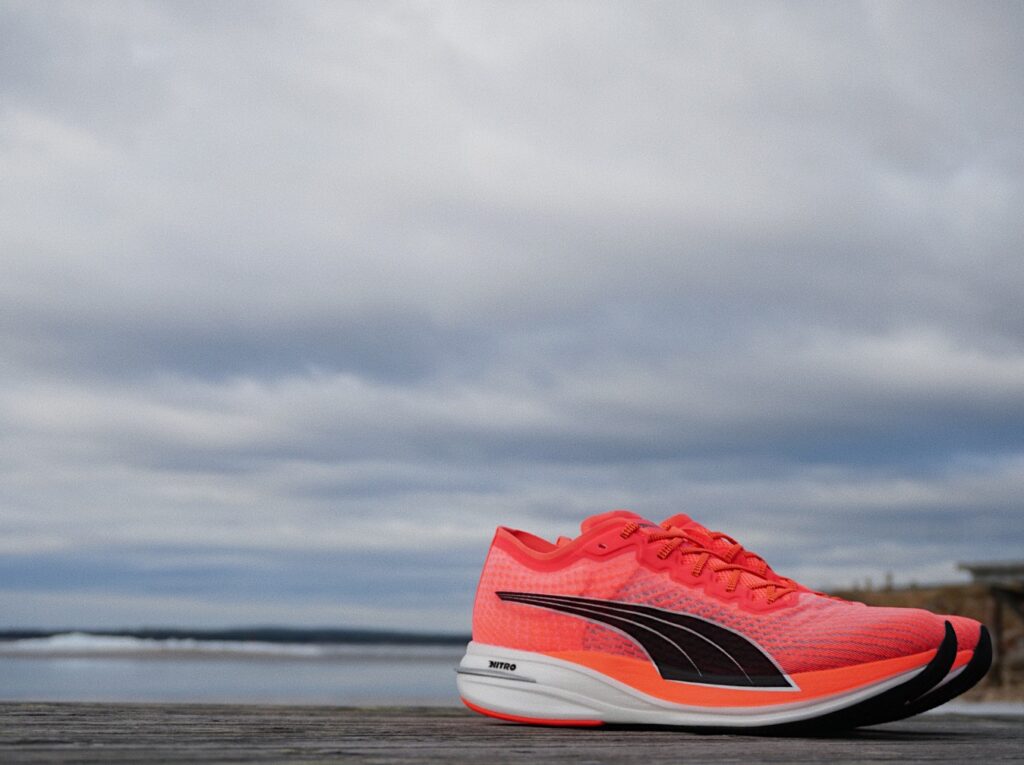
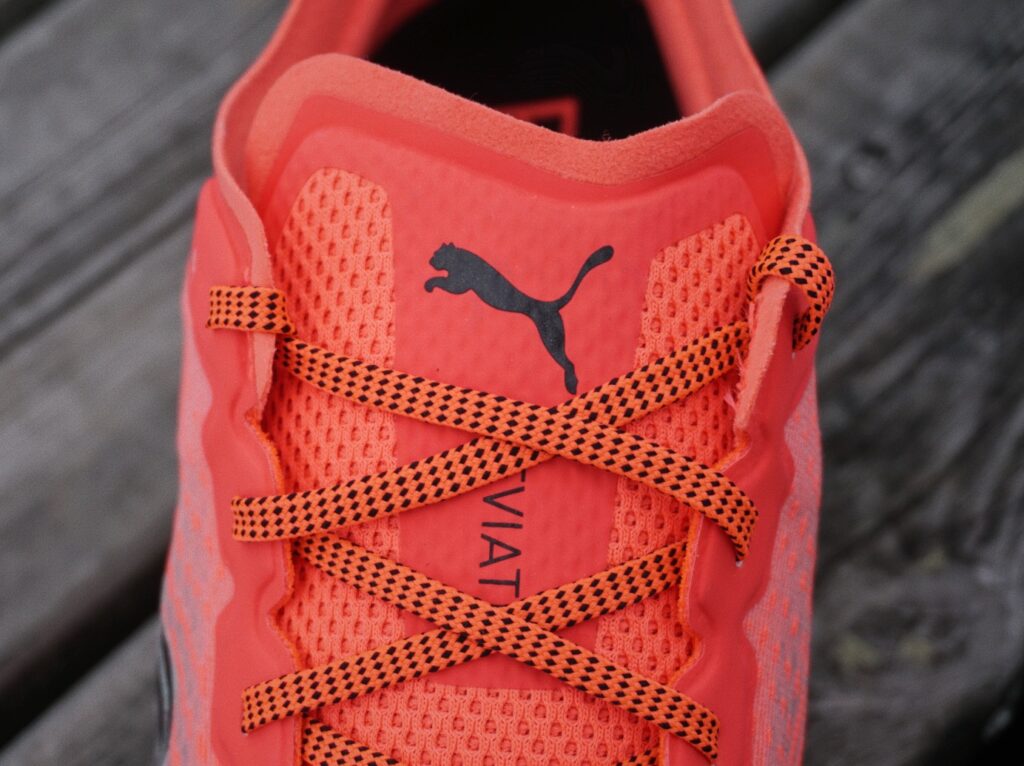
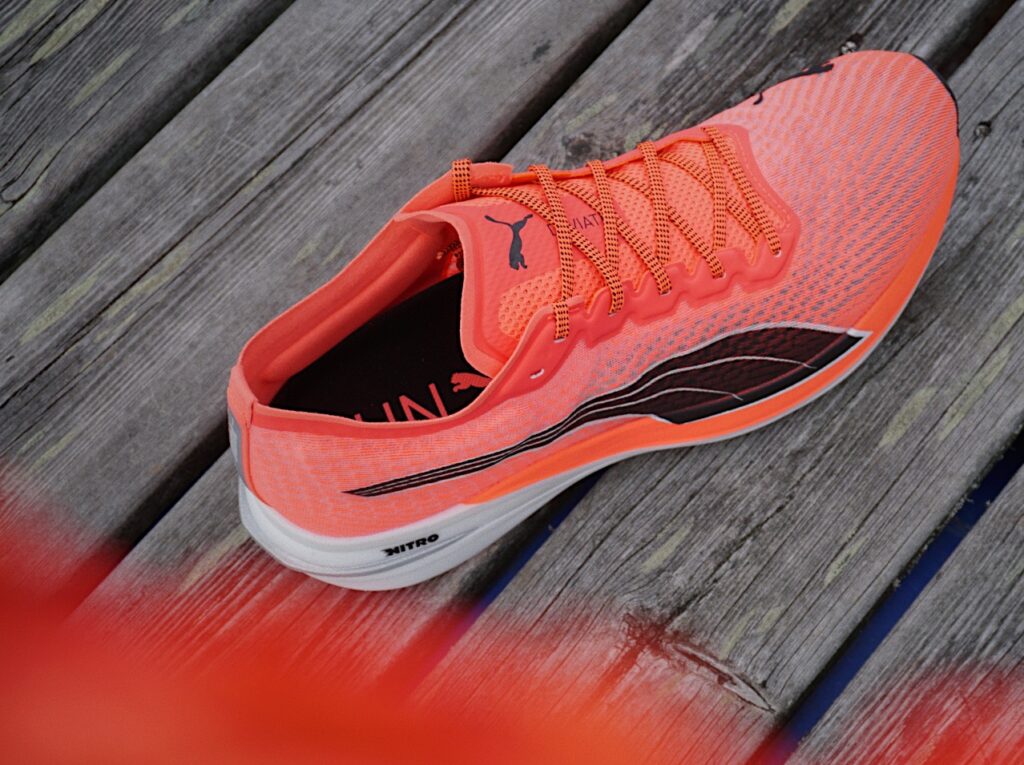
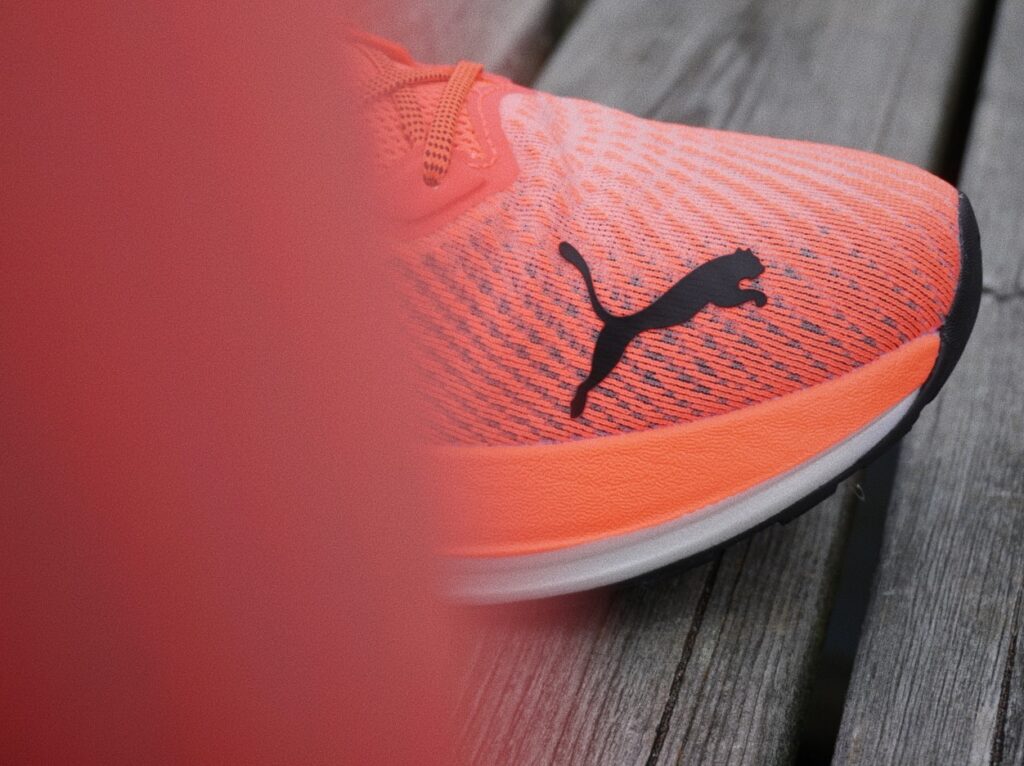
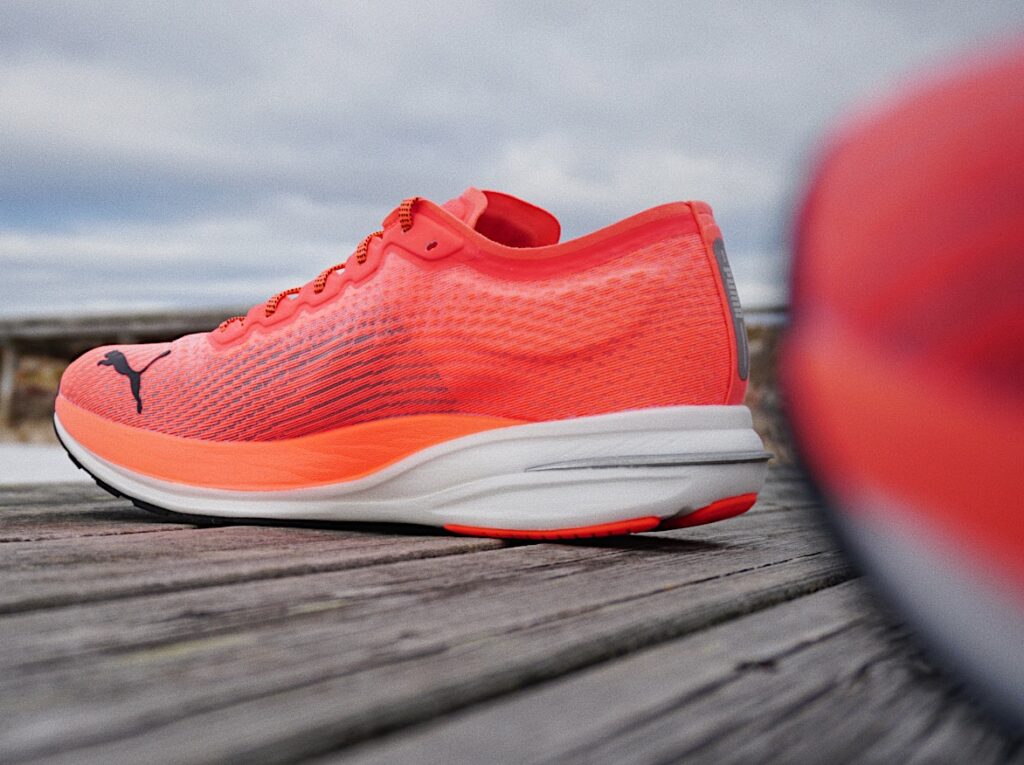
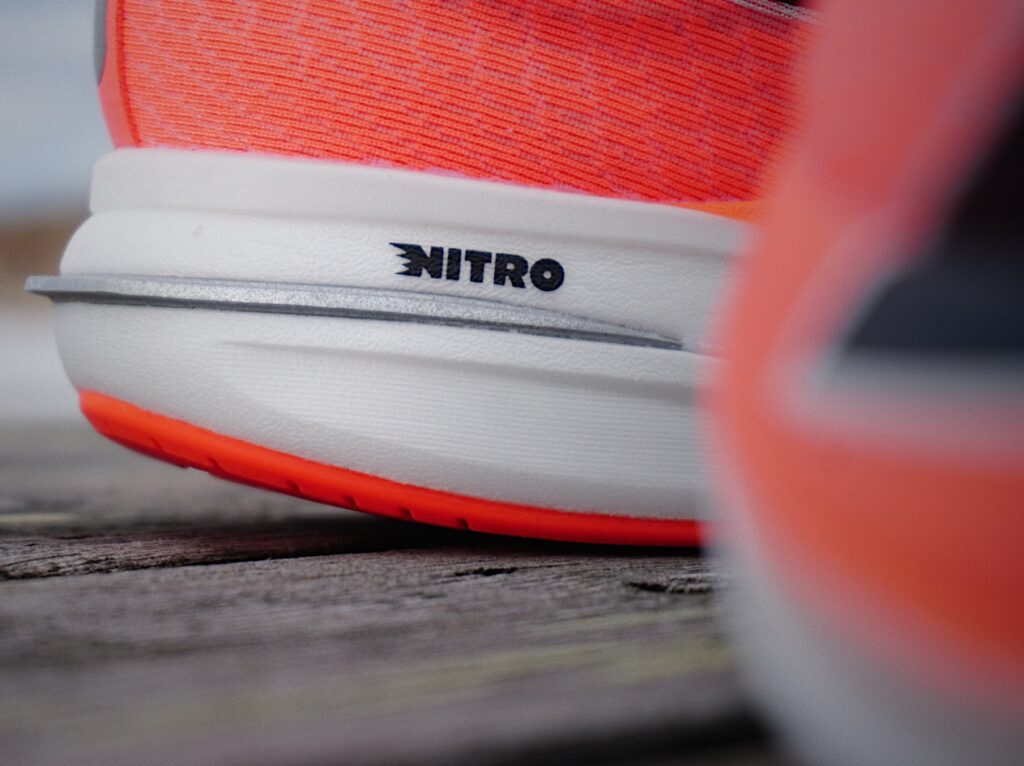
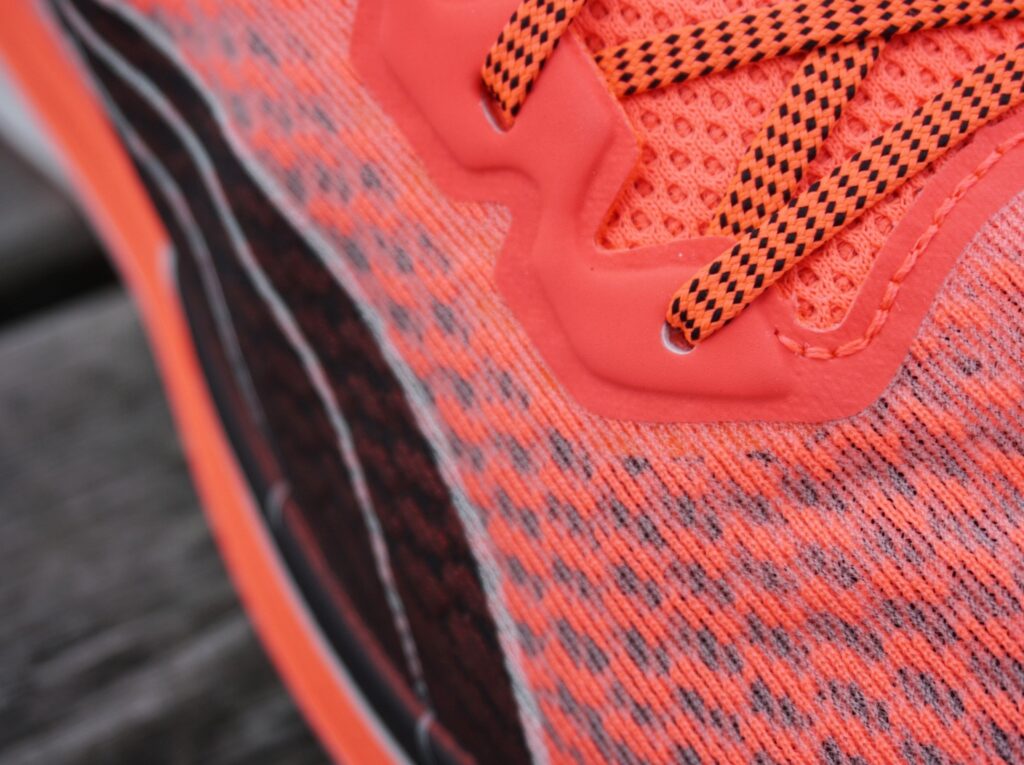
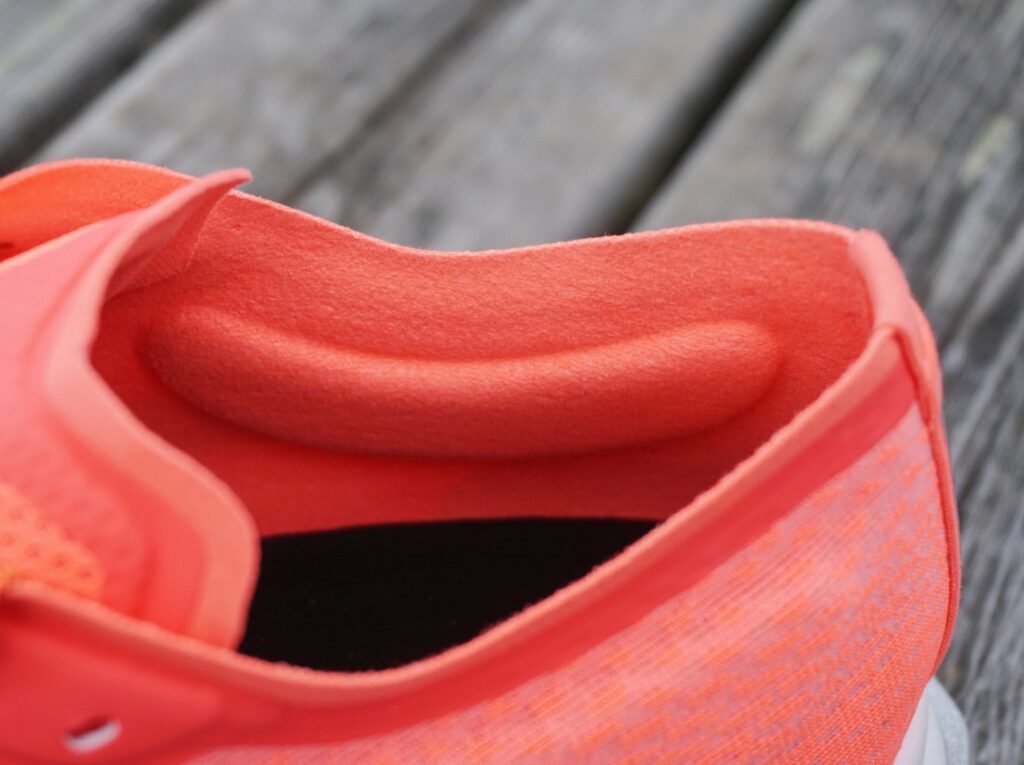
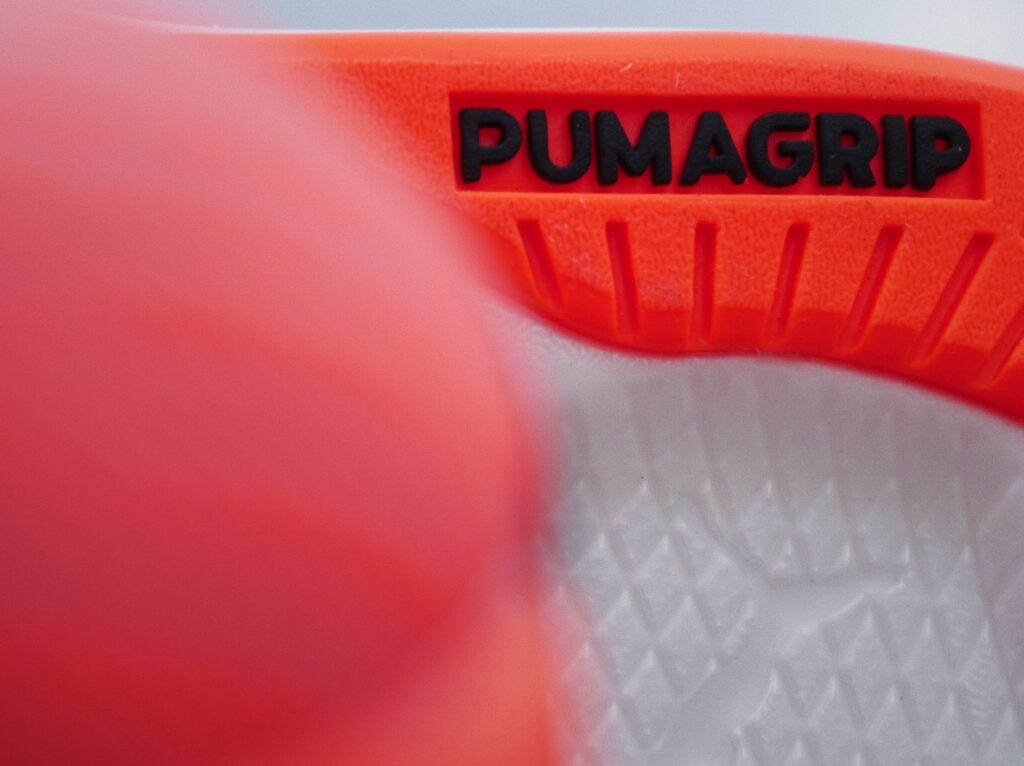
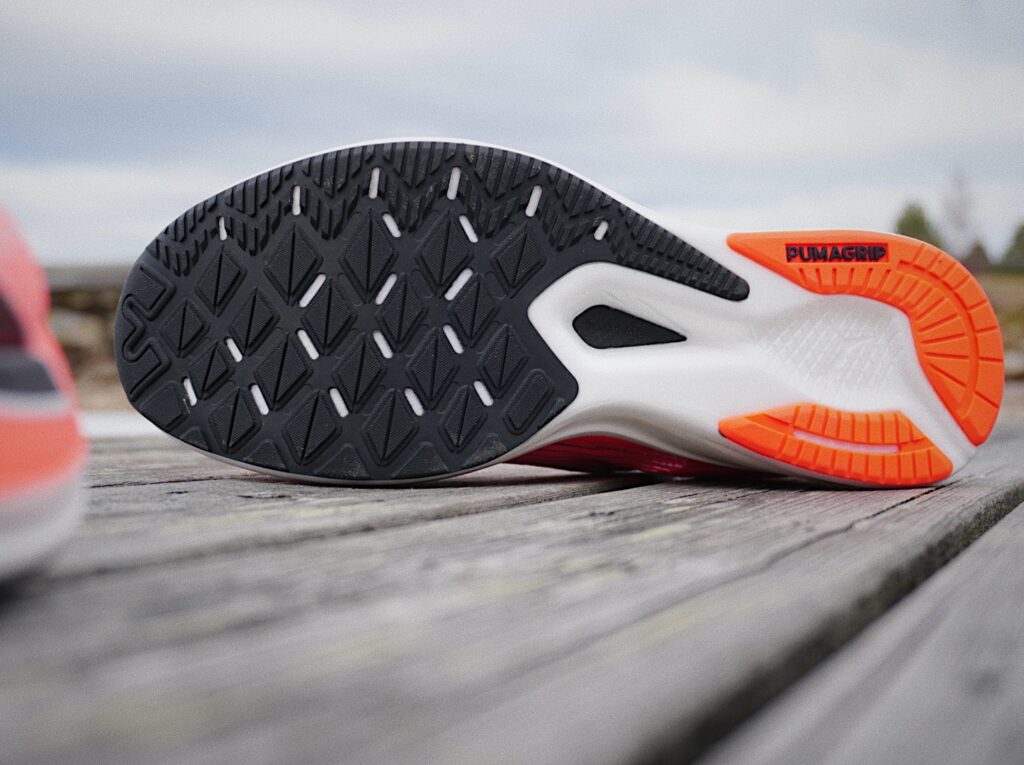
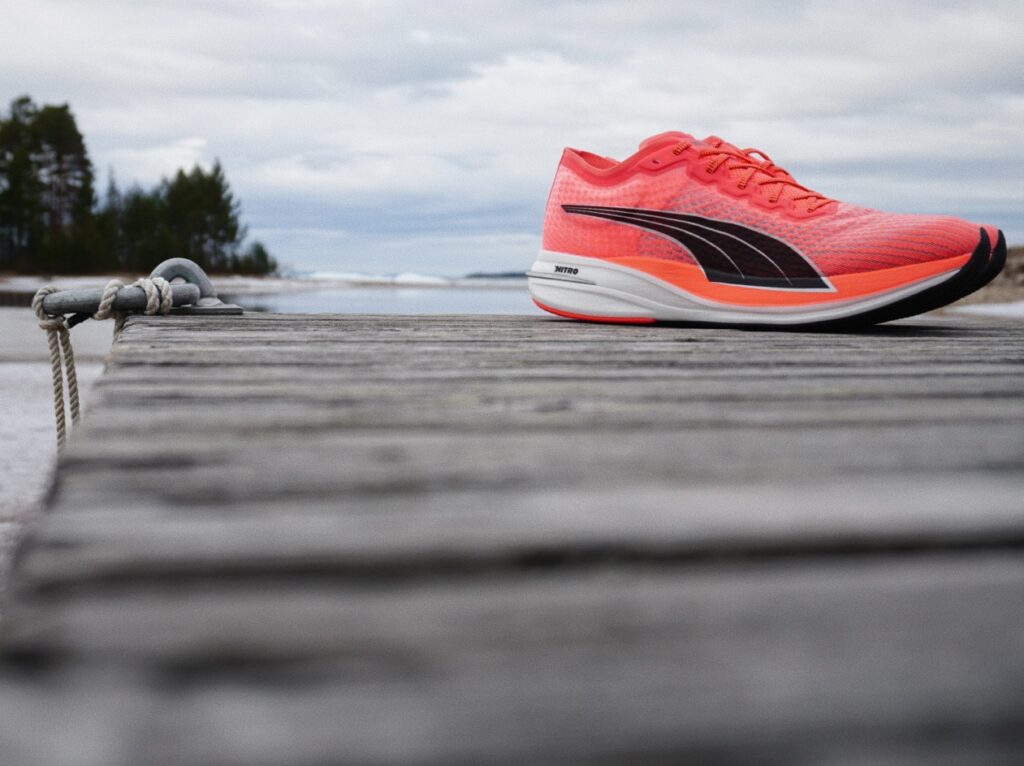
Tune of the day: Brockhampton – Roadrunner: New Light, New Machine
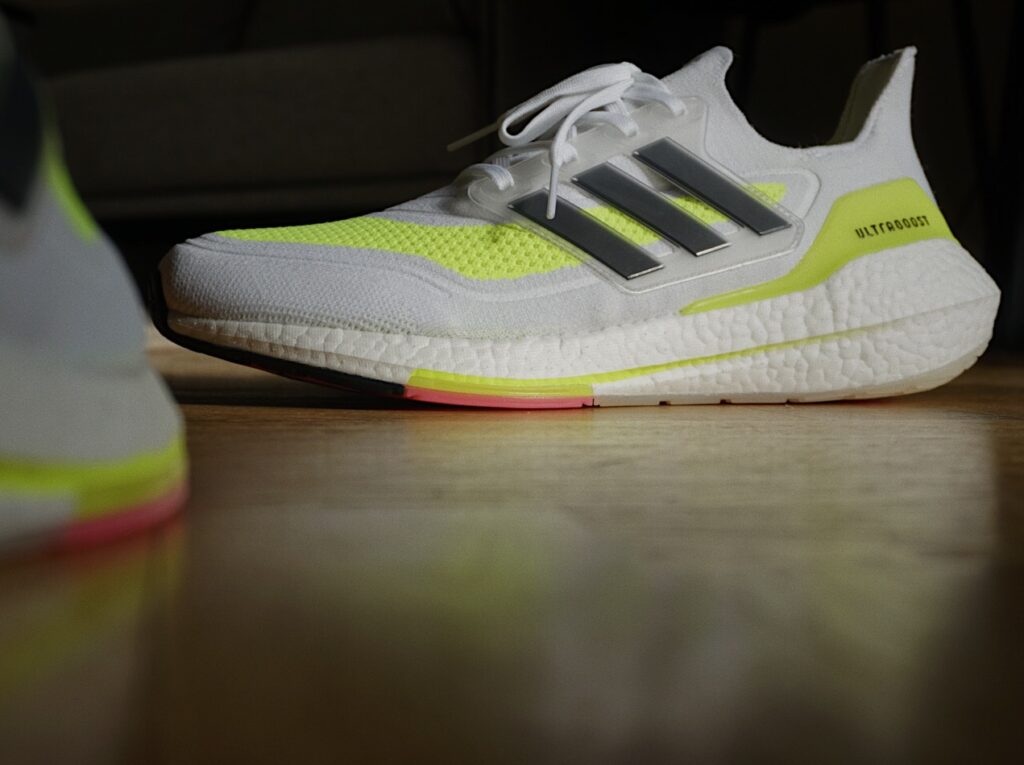
With the UltraBOOST series adidas has been surfing amid the so called “lifestyle” and “performance” segment. There are no two opinions about the look, that is for sure. Nonetheless we will concentrate on the performance part of things in this post.
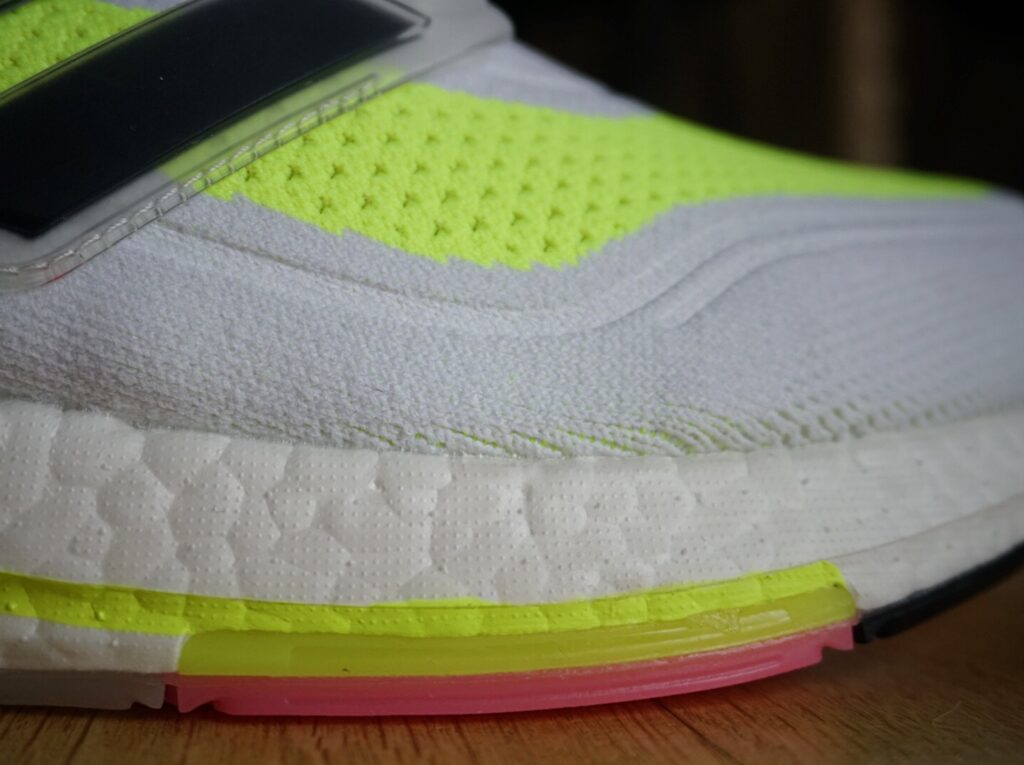
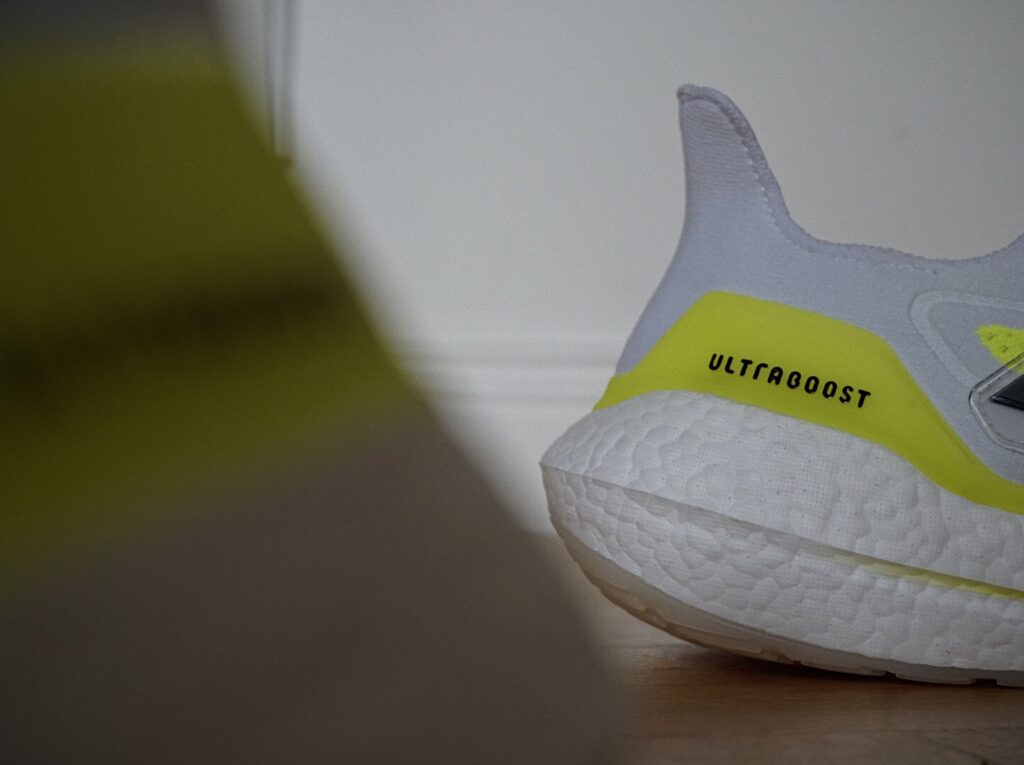
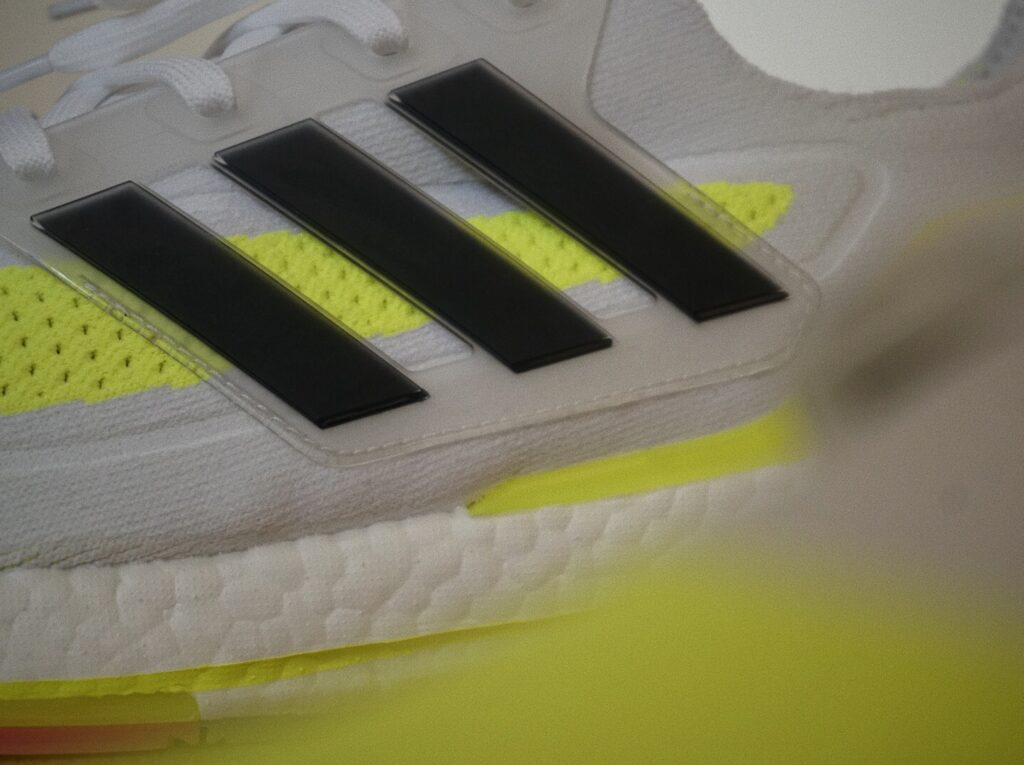
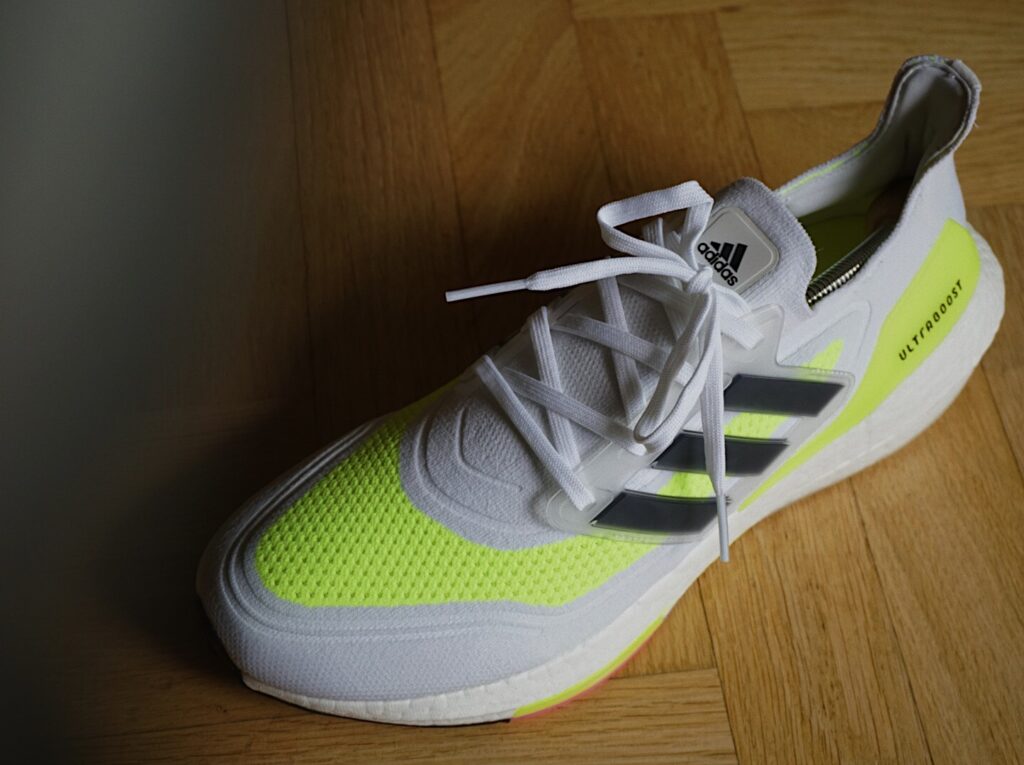
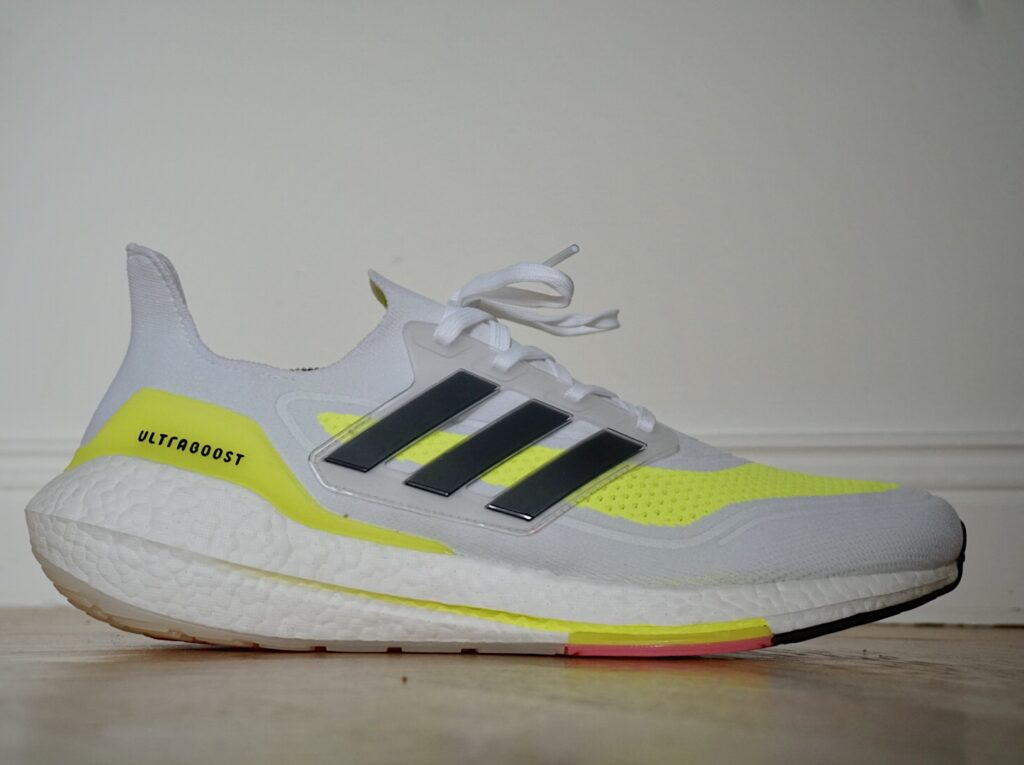
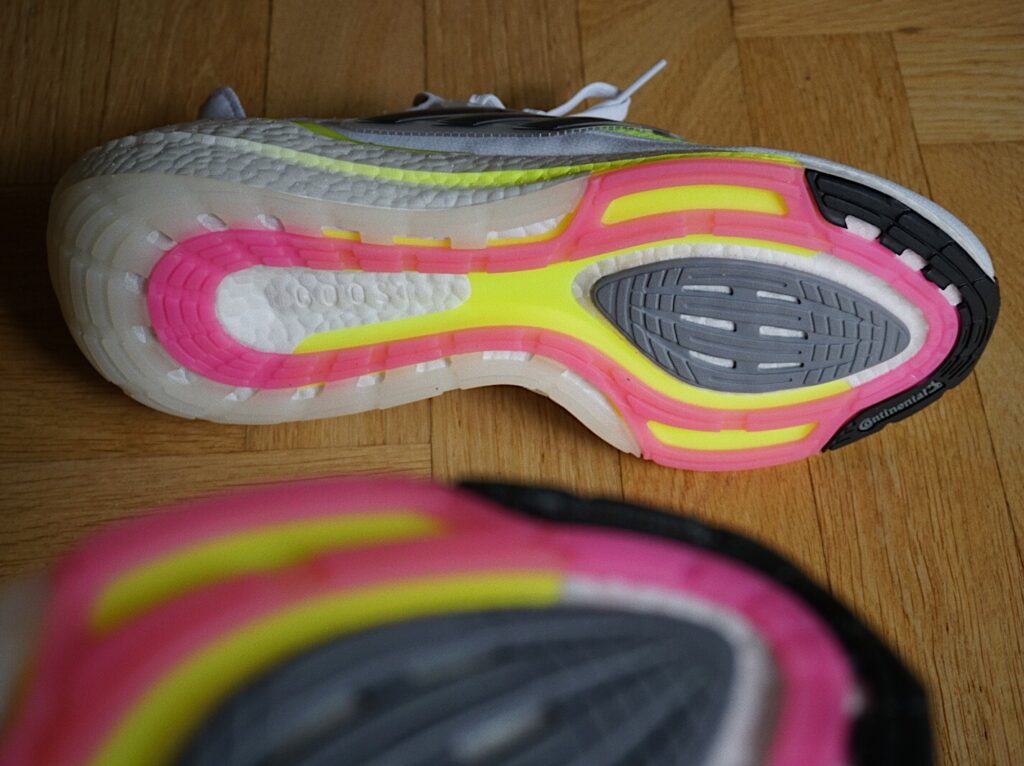

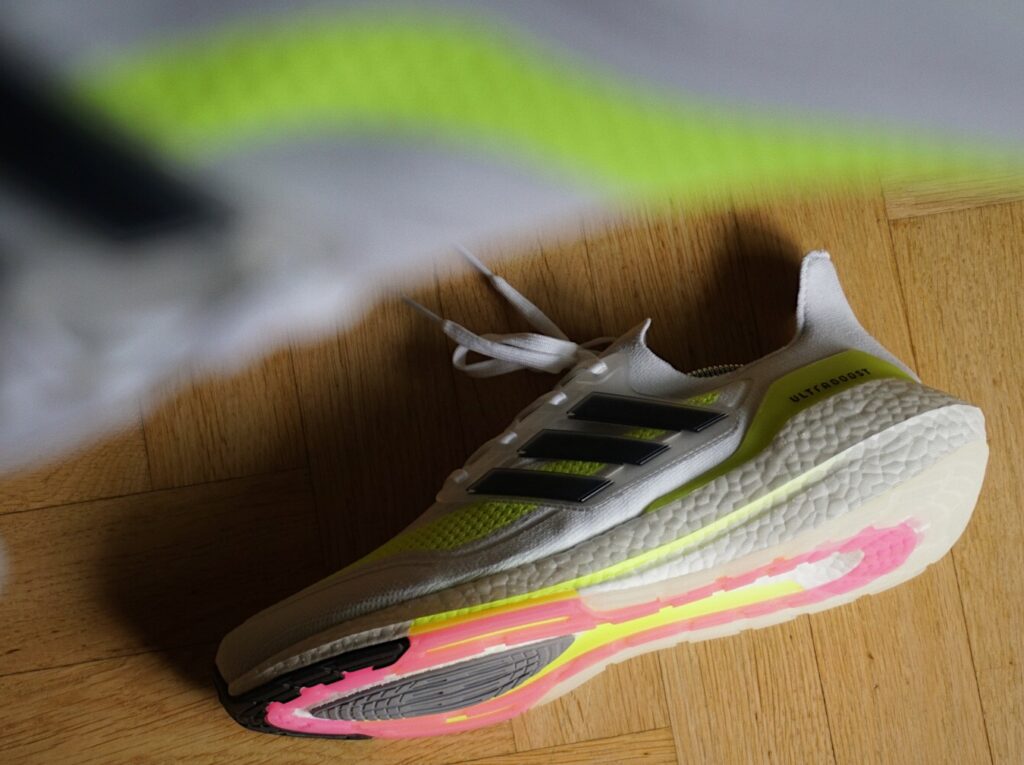
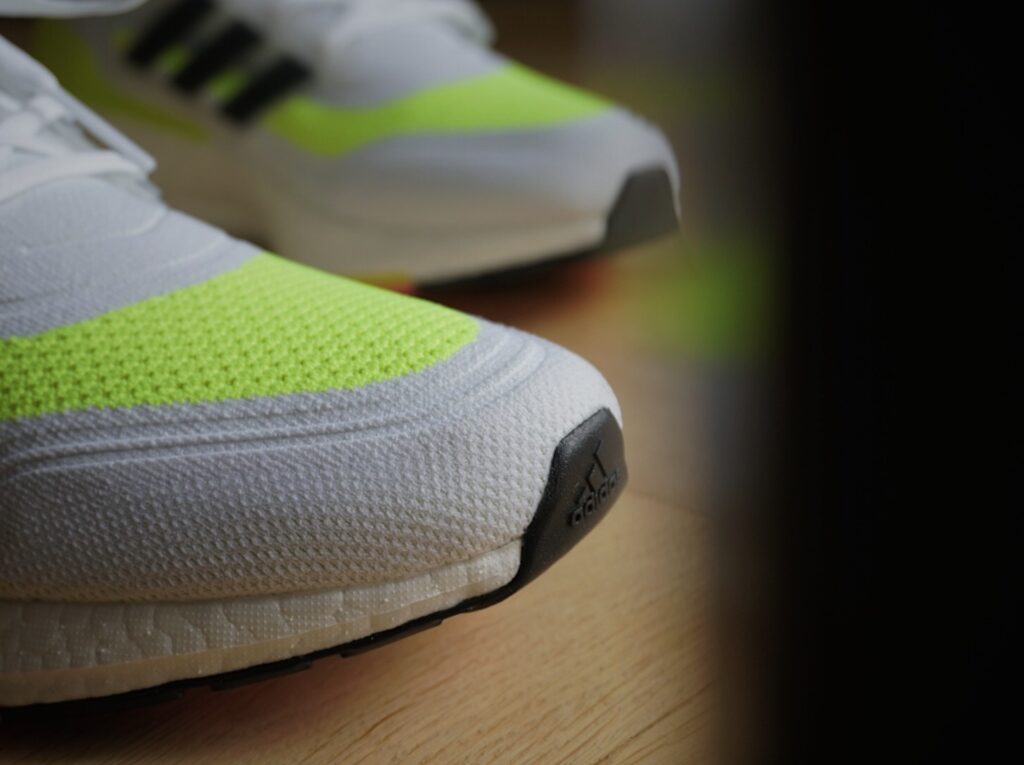
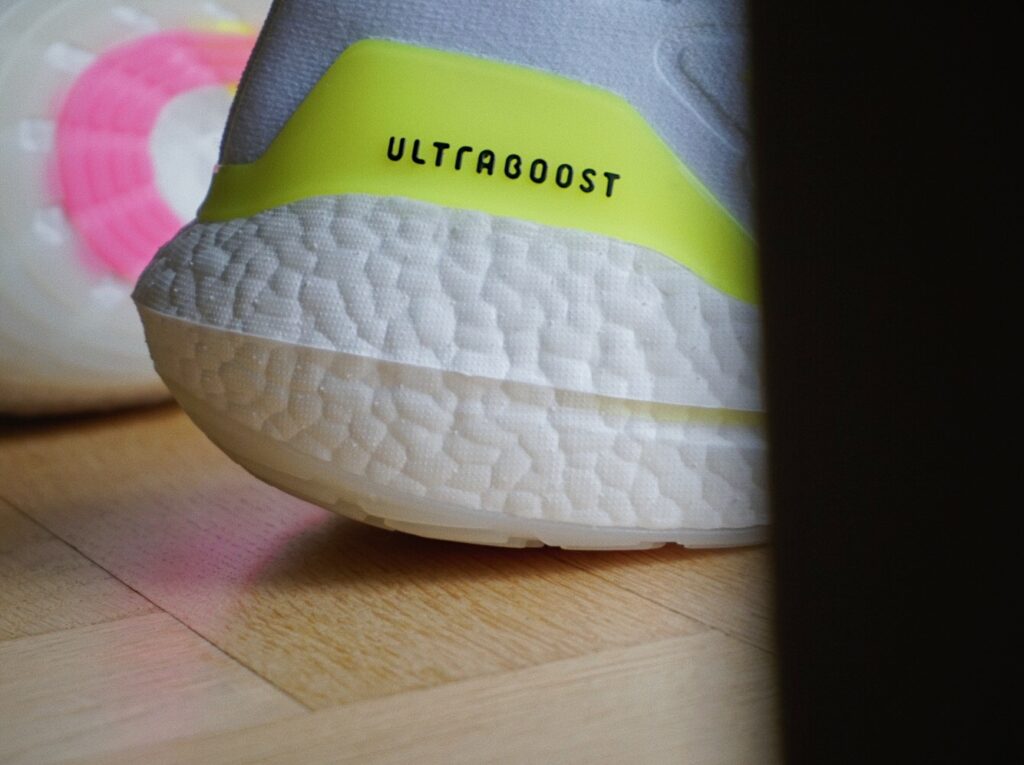
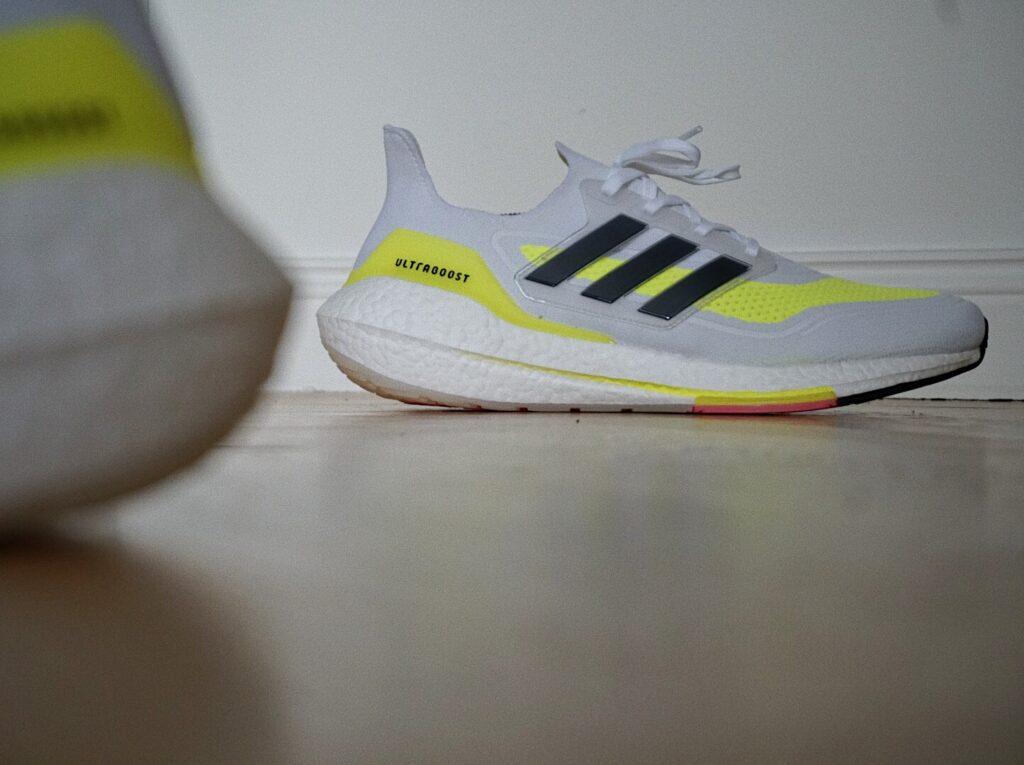
Tune of the day: Fred The Godson – Garcias
YouTube of the day: Kengo Suzuki’s 2:04:56 National Record to Win Final Lake Biwa Mainichi
Pod of the day: Tommy Hughes joins the Spring Snyggt Podcast (Start at 53 Minutes)
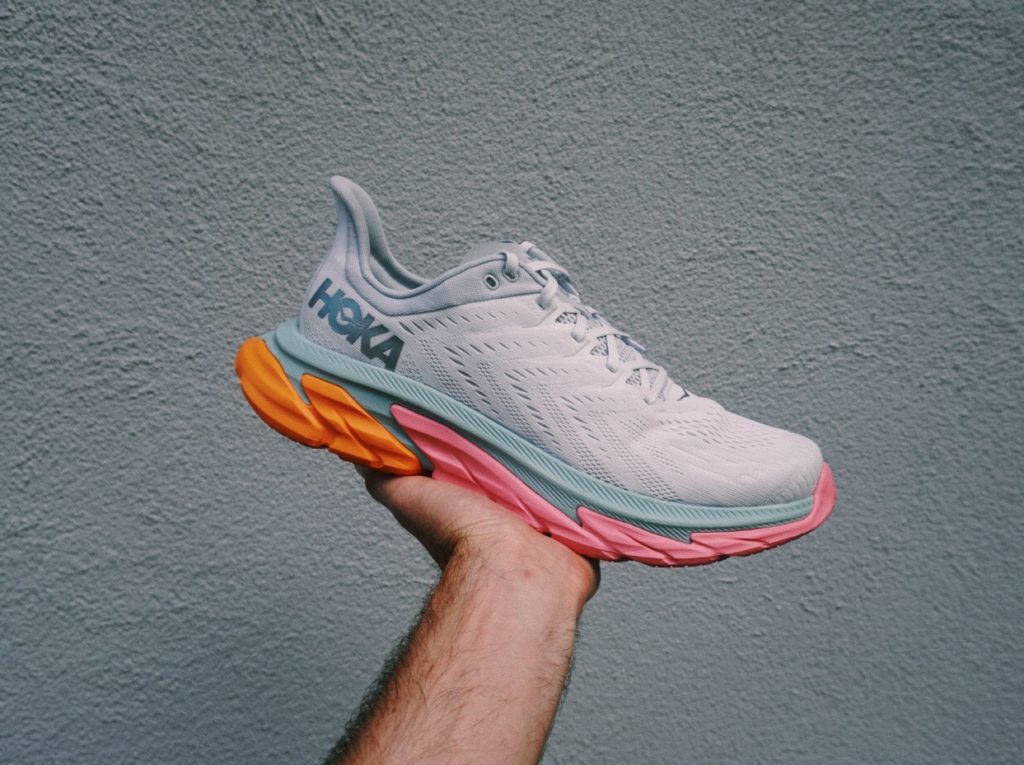
With the Clifton Edge the company remains to push its pioneering boundaries. After the trails, Hoka now takes on the roads with its cutting-edge resole geometry. A development history the company is known for.

Hoka One One pushes its lightweight road shoe unit even more with this trifling new adding that comes with more less the same heft as the preceding Clifton 6.
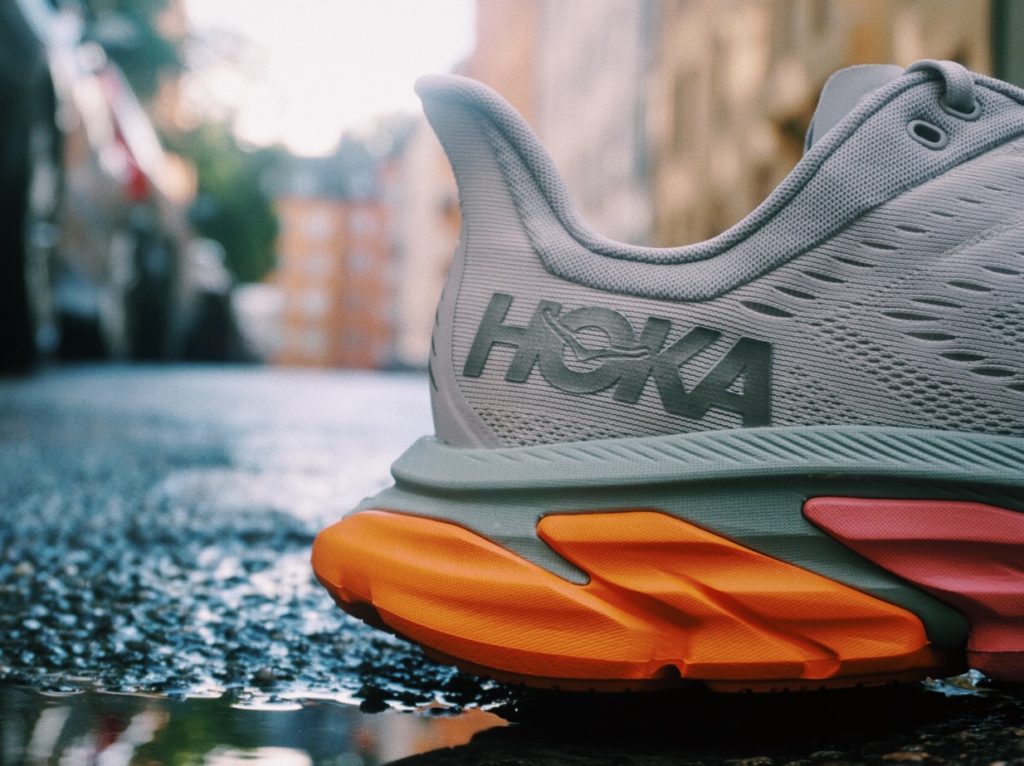
As a non-heel striker, a circumstance that I cannot really access. However I used The Edge during some hill repeats and the big surprise to me was not the energetic uphill ride (which I’m describing later..) it was the super relaxed downhill jogging that pleased my beaten up limbs.
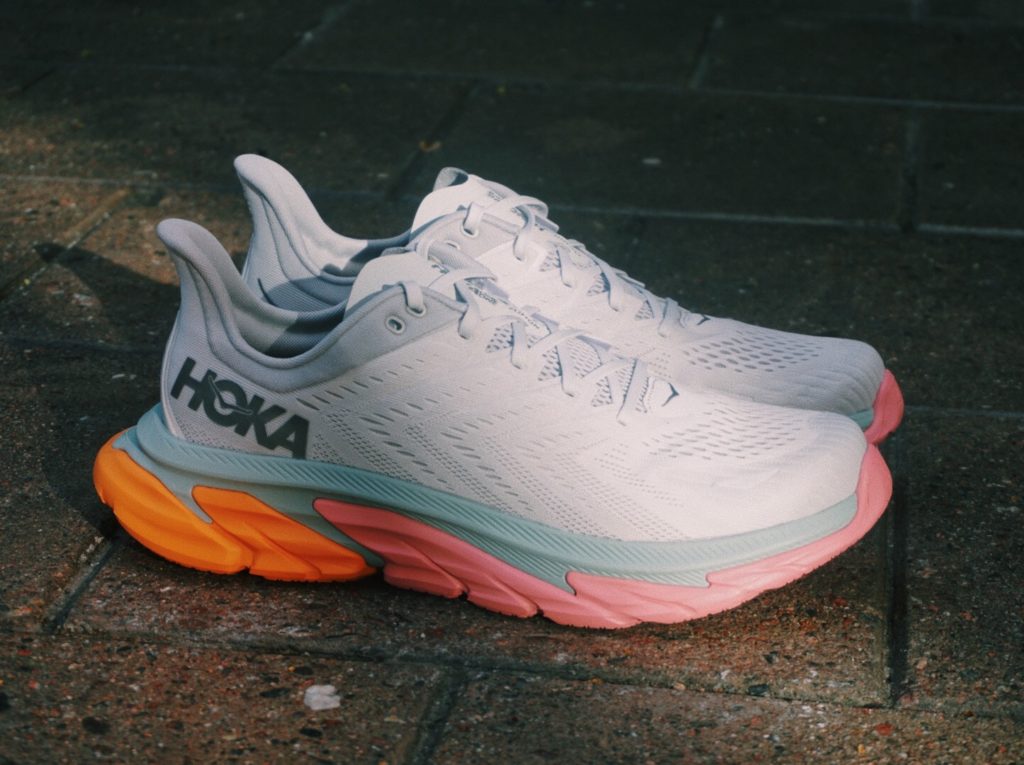
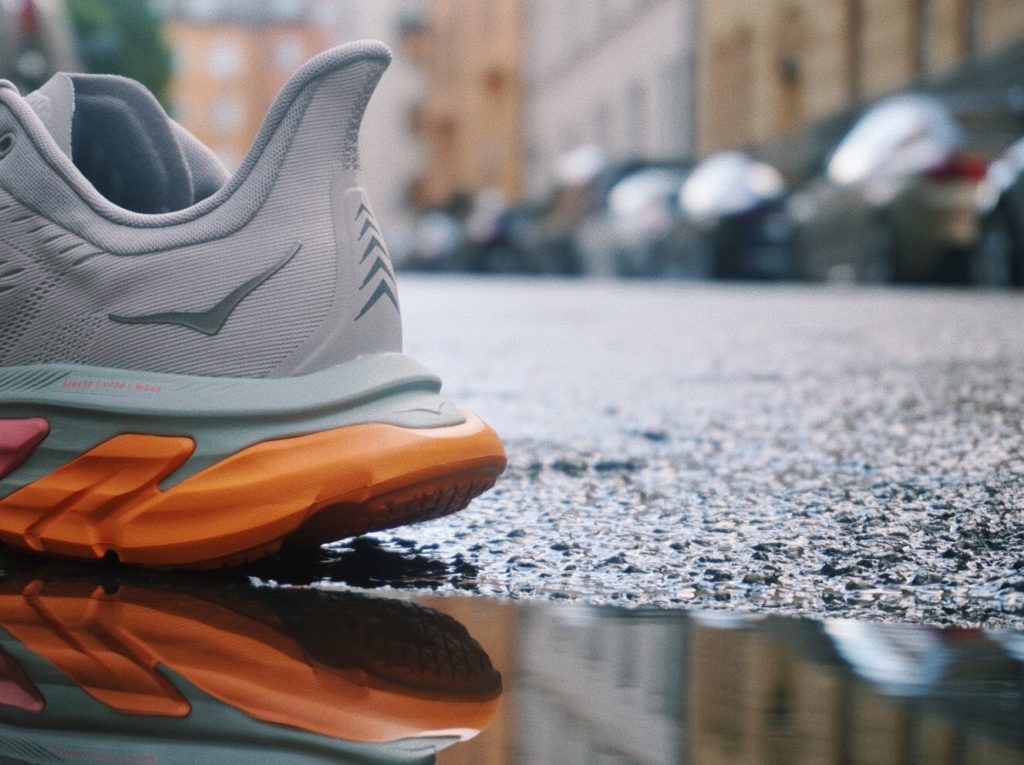
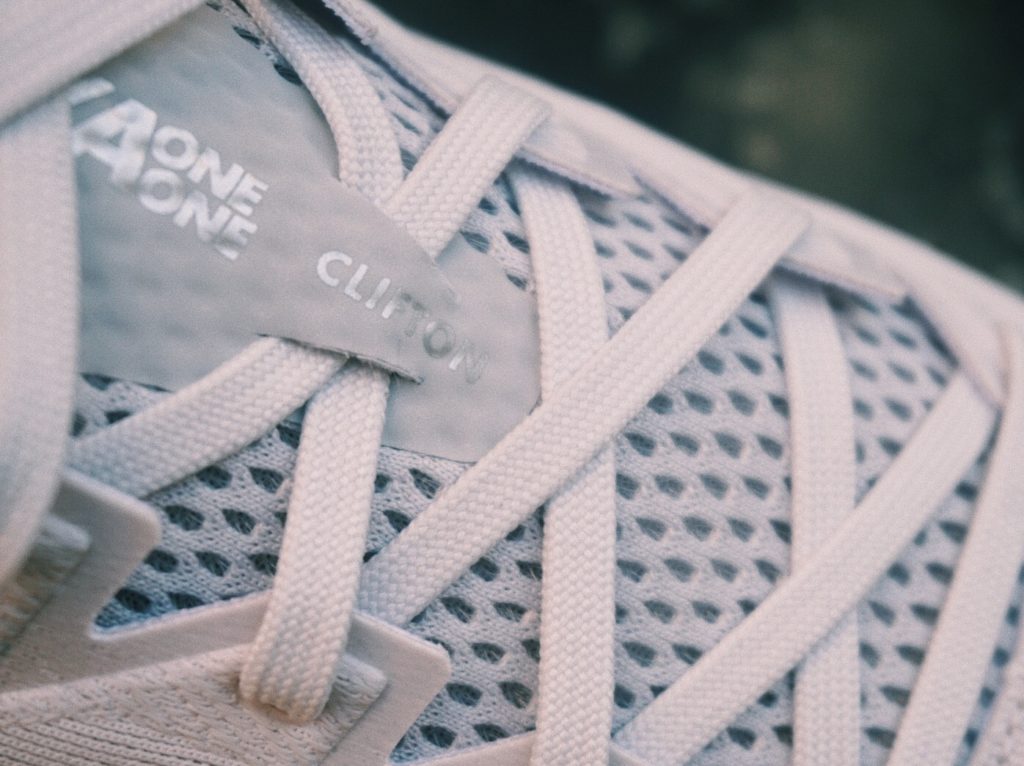
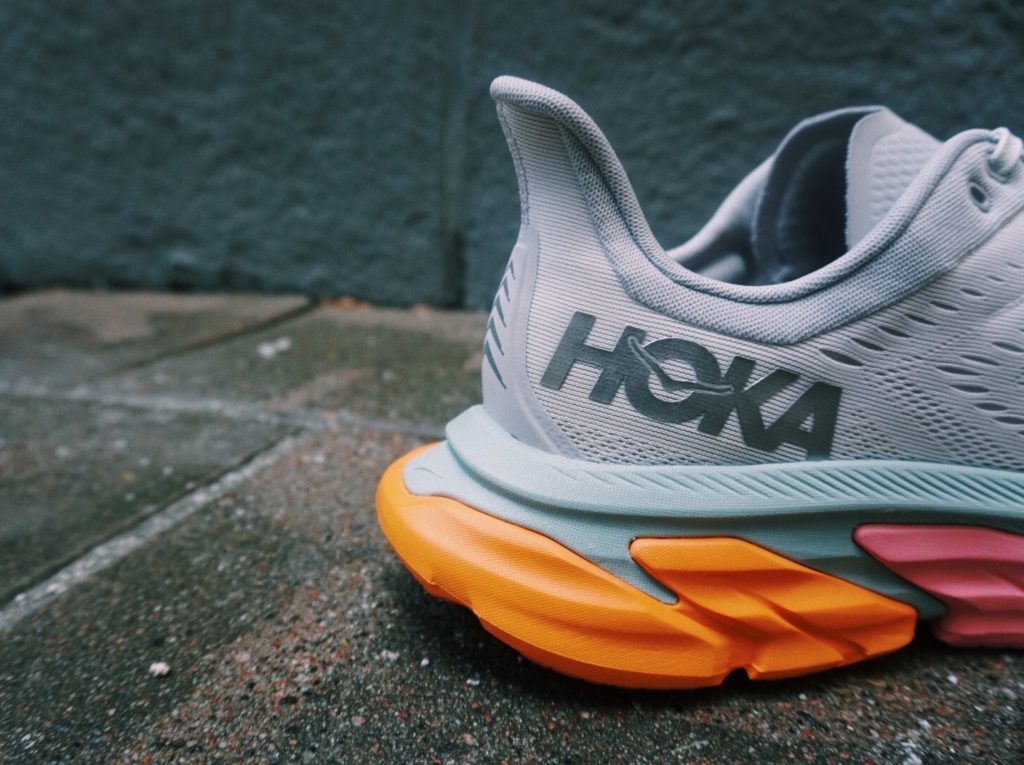
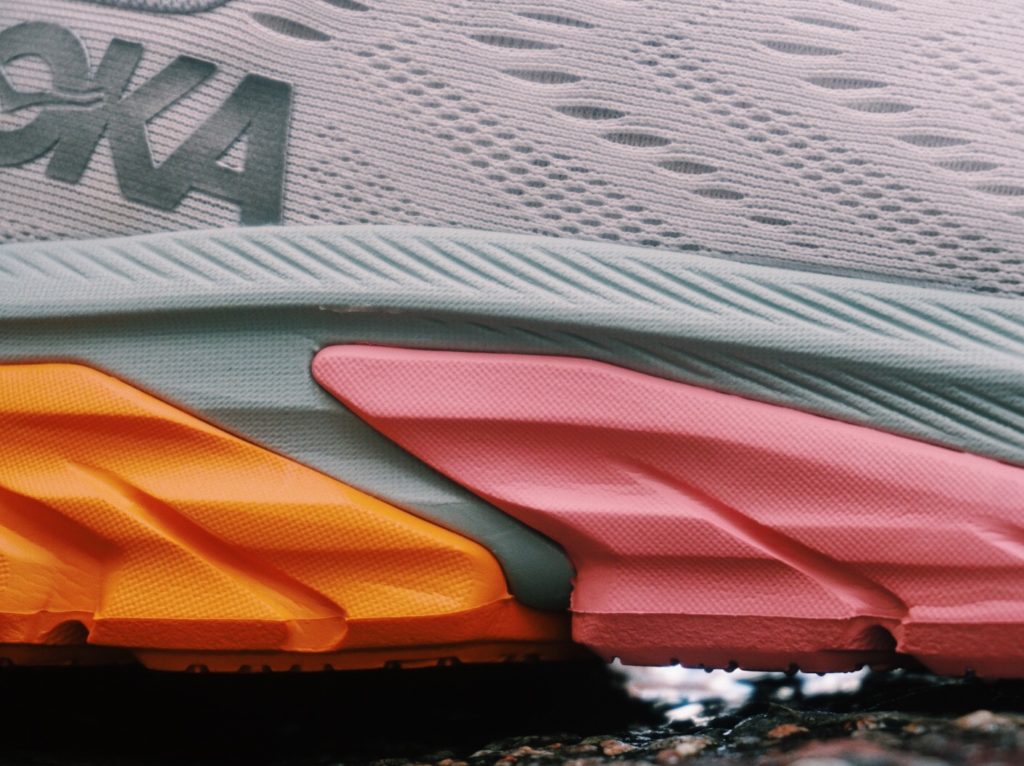
The midsole is engraved into an early stage Meta-Rocker shape which helps the runner to move the individual foot strike further forward in the shoe.
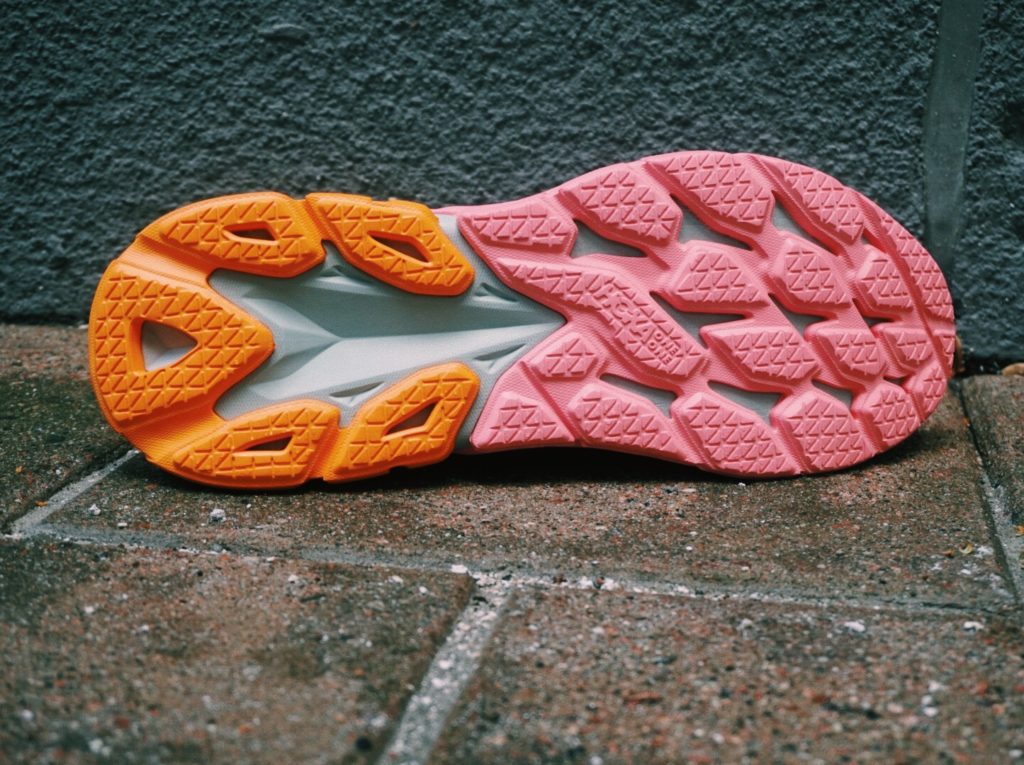
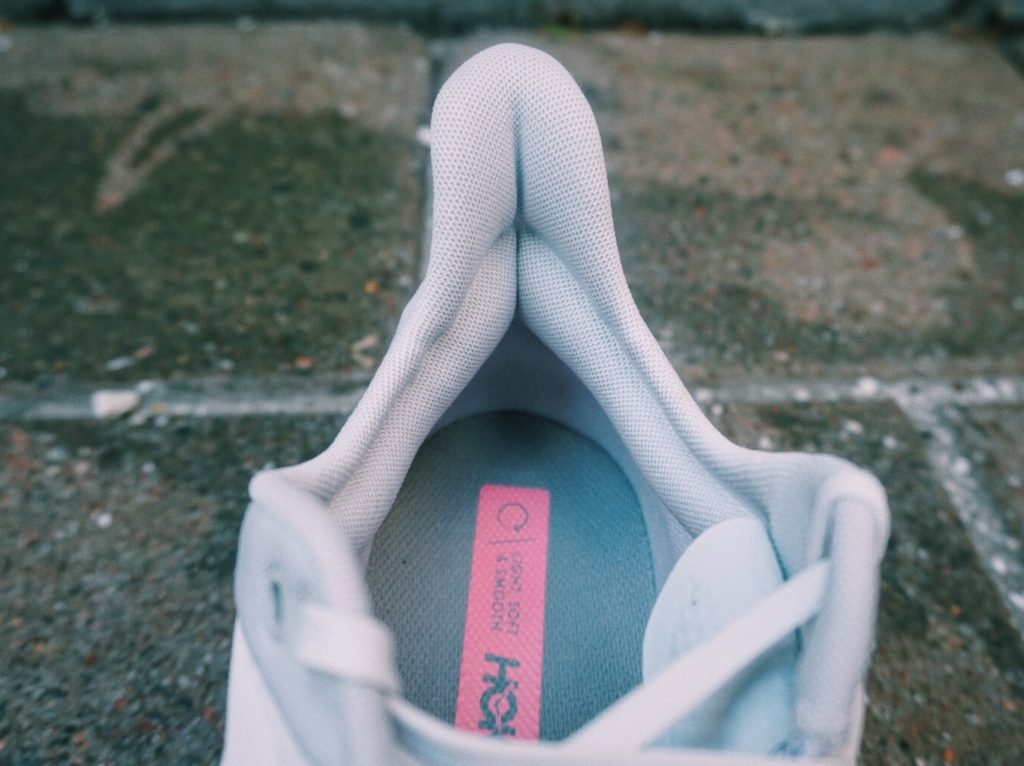
Like seen before with the latest Nike Vaporfly models, Hoka added a slight but really clever feature to this model. Some stability lining on the heel generates a super safe and relaxed feeling while snug around the heel bone. I had no issues with rubbing or heel slippage and generally enjoyed this feature as an add-on for more comfort.
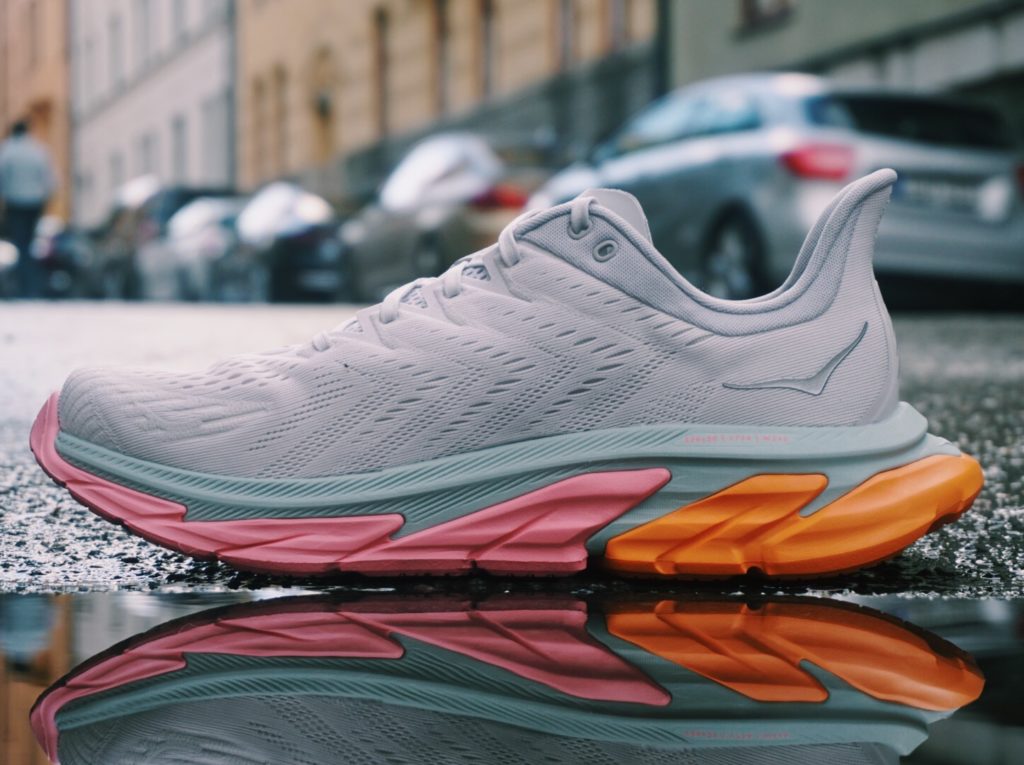
The heel to toe drop comes in with 5.00mm.
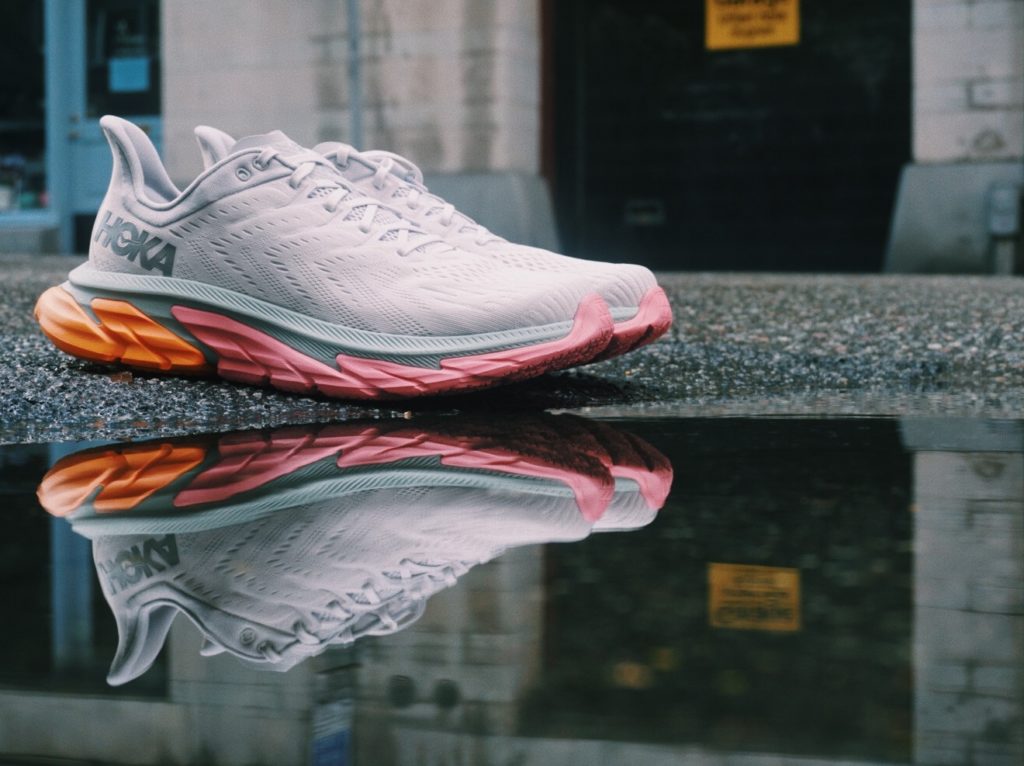
As always there are numerous feelings about the design. As long as Hoka shoe exists, there will be. But one thing is for sure, Hoka drives modernization and is not afraid to push limitations. The Clifton Edge just shows precisely this and sums it up with three characteristics printed on the insole of the shoe: light, soft and smooth!
Tune of the day: Special Request – No Other way To Say It X Four Tet – New Energy
- Plain basic and plainly stylish. I dig the latest Theos shirt made out of 100 % Recycled PES.
- The Zeno shorts are another great addition to the wardrobe. I love the cut and the lightweight fabrics.
- Out of all my running shorts, this one if definitely one of the lightest.
- Little details make the Rezlo gear interesting and unique.
- Simple storage for your keys or a gel.
- Trimmed down earth colors make up for a very stylish combination.
- Rezlo hits it again and sets another highlight in the busy running apparel market. Great to see a little brand finding its way!
Tune of the day: The Cinematic Orchestra – A Caged Bird/Imitations of Life (feat. Roots Manuva)
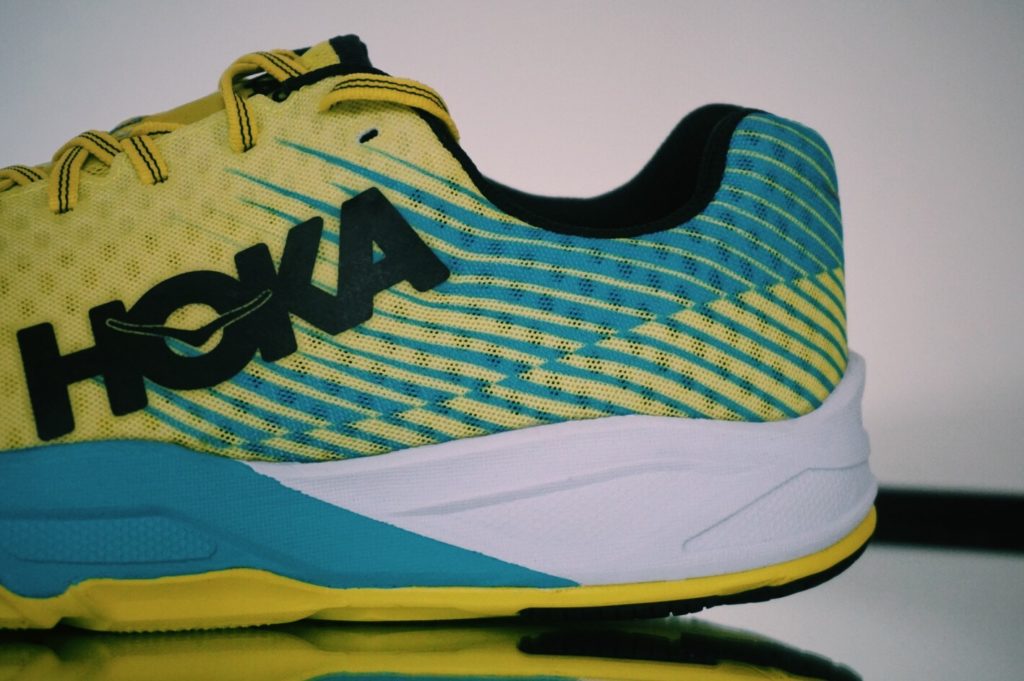
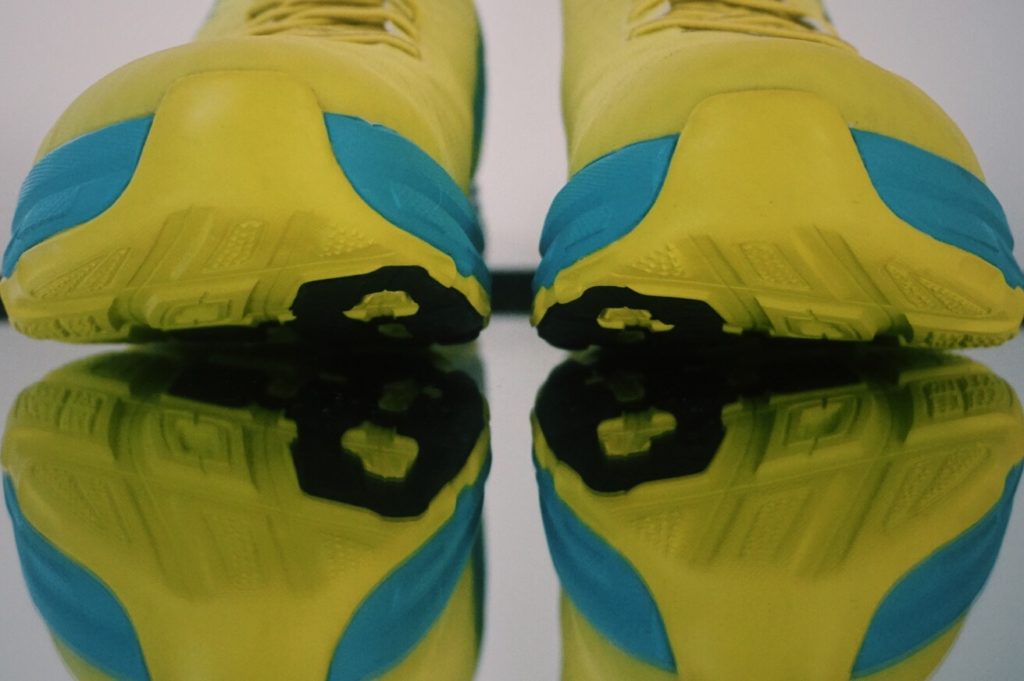
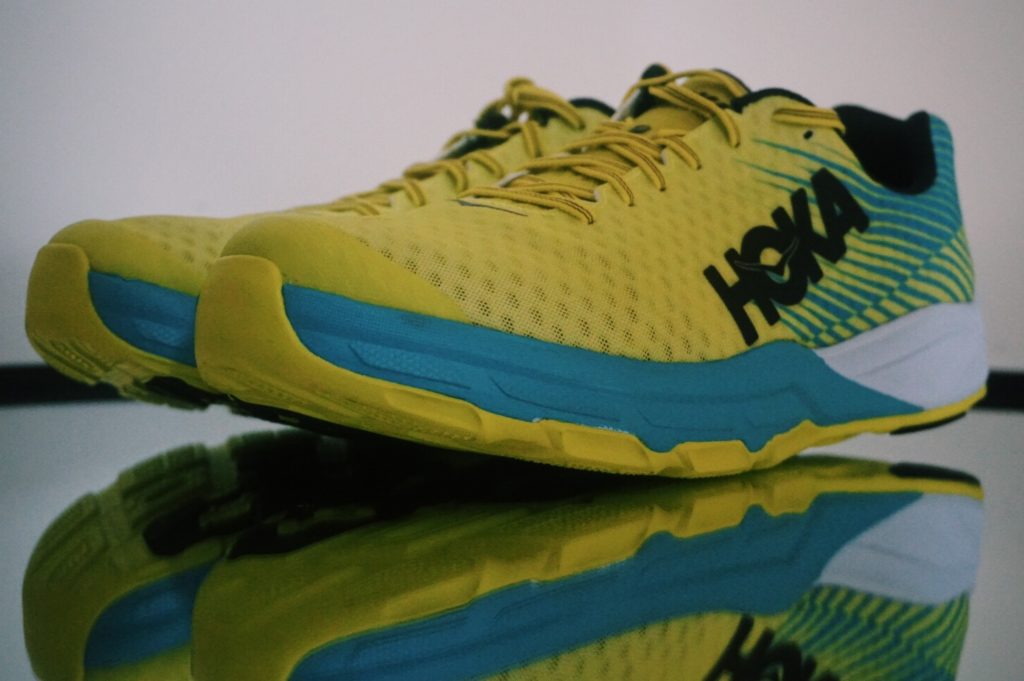
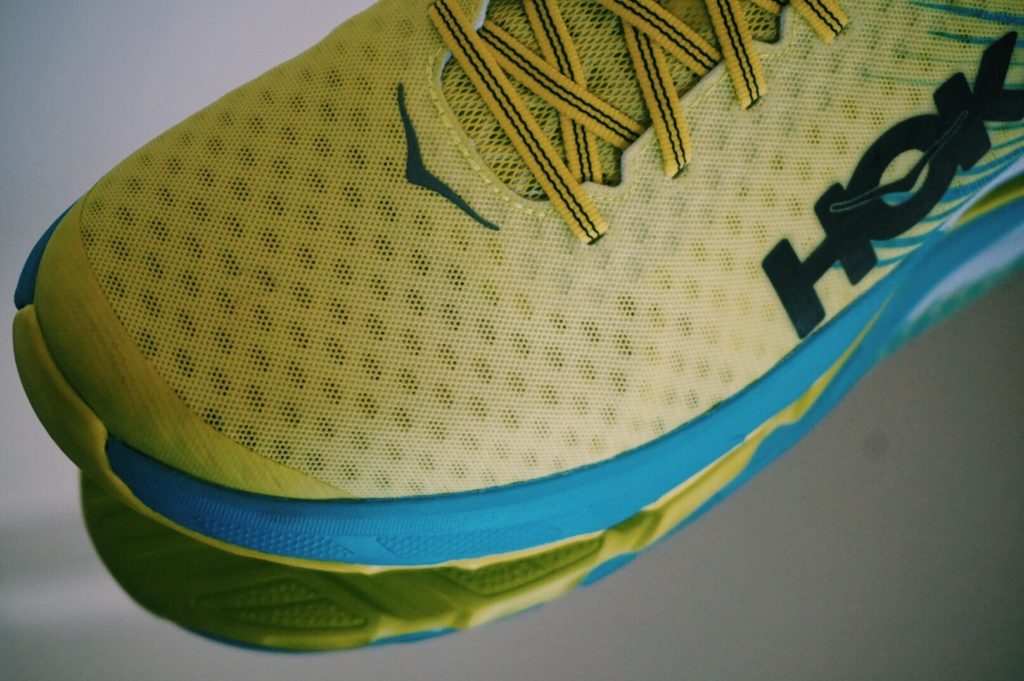
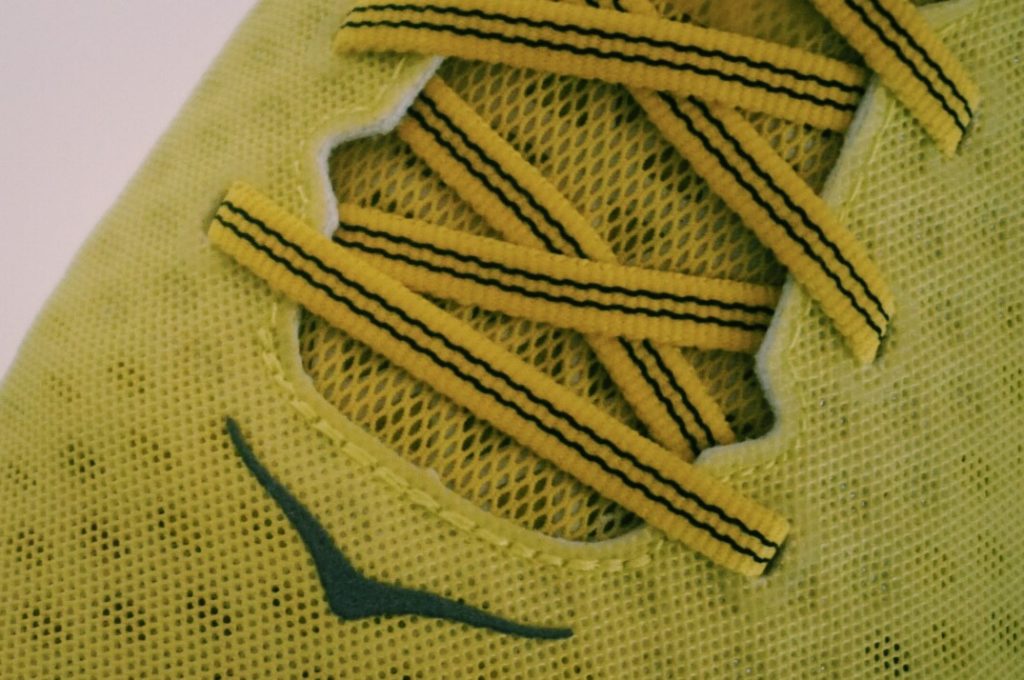
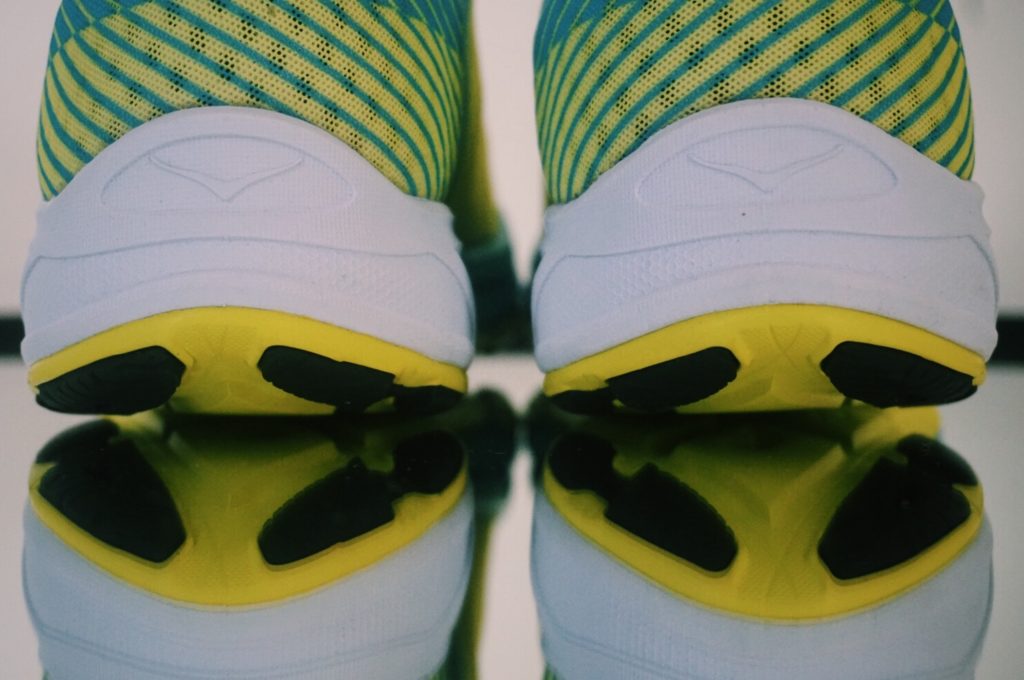
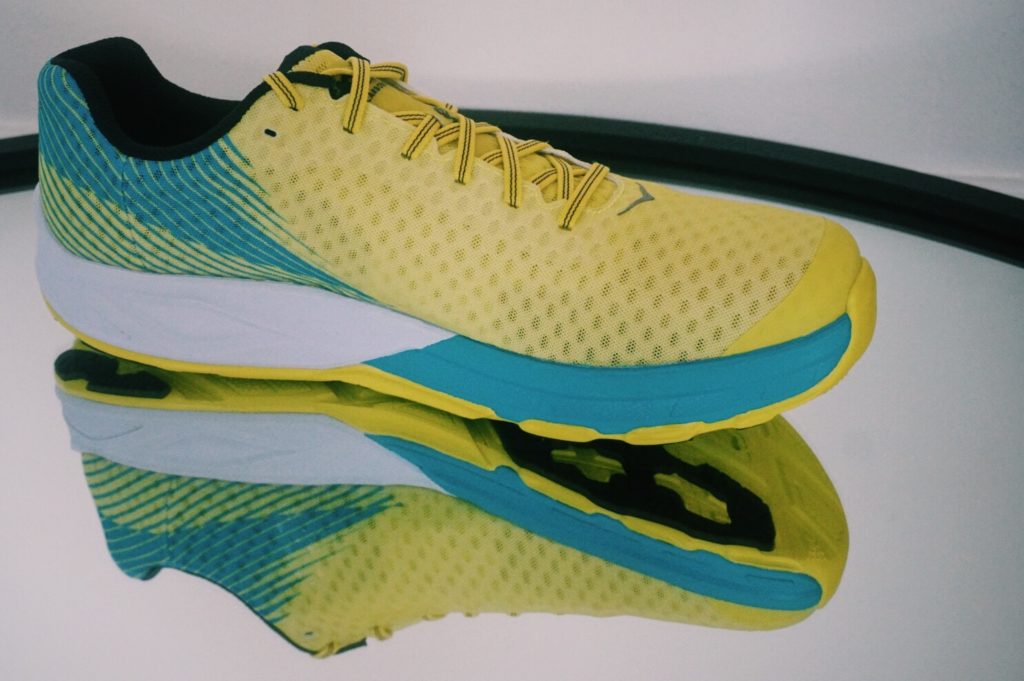
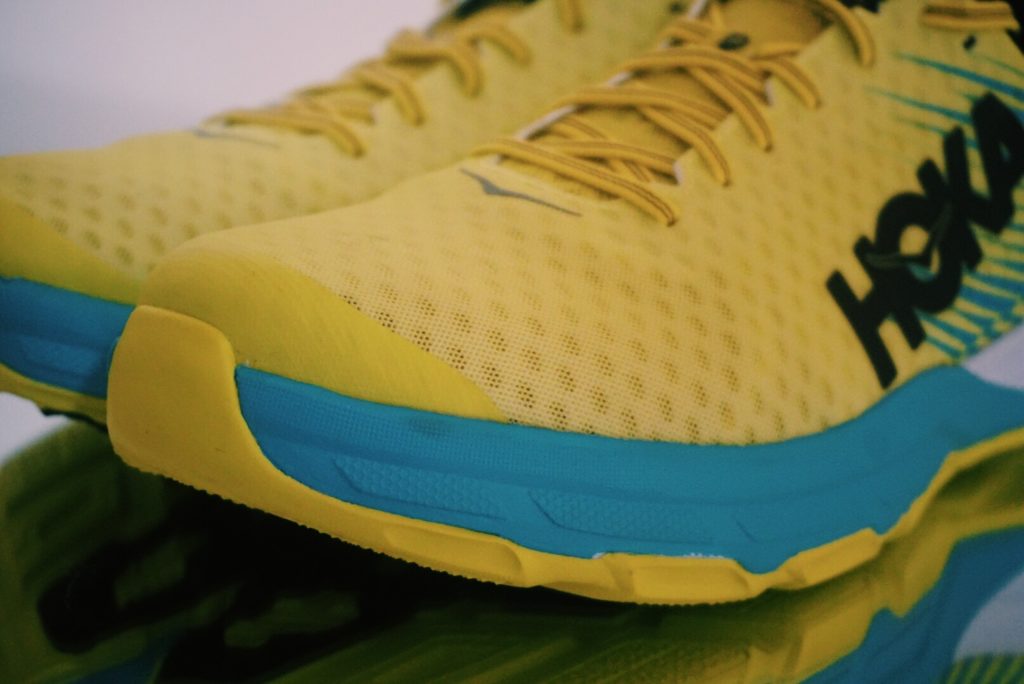
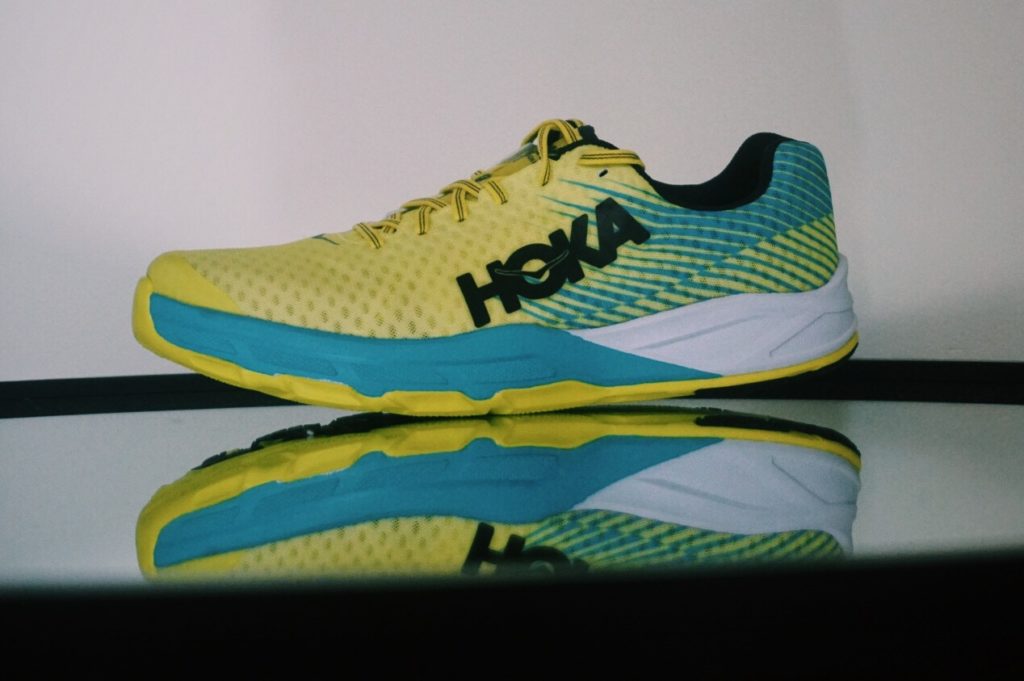
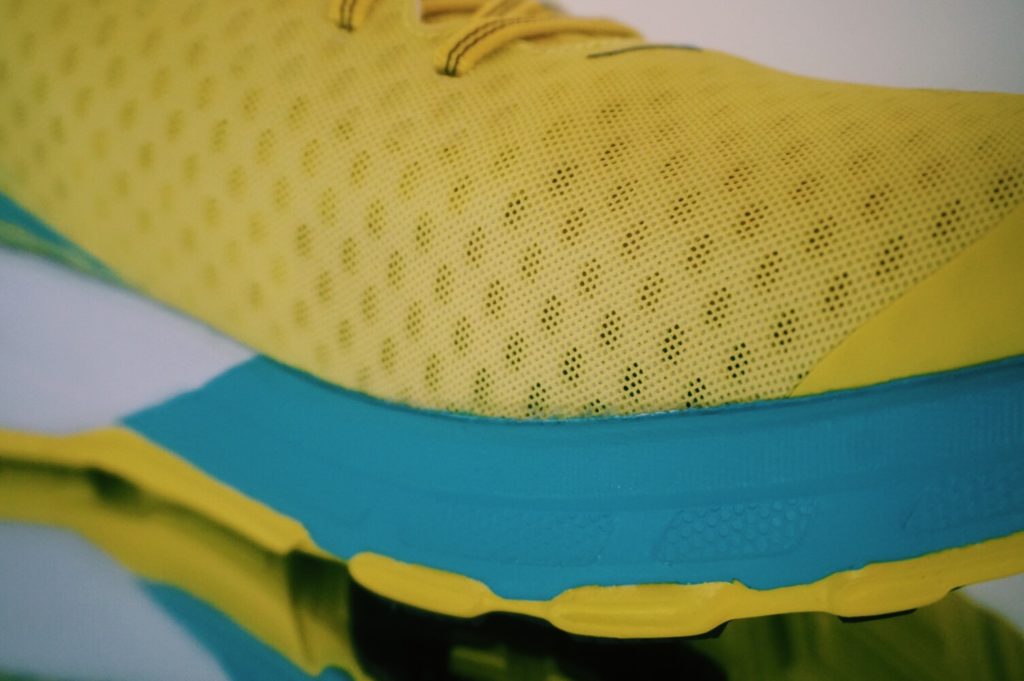
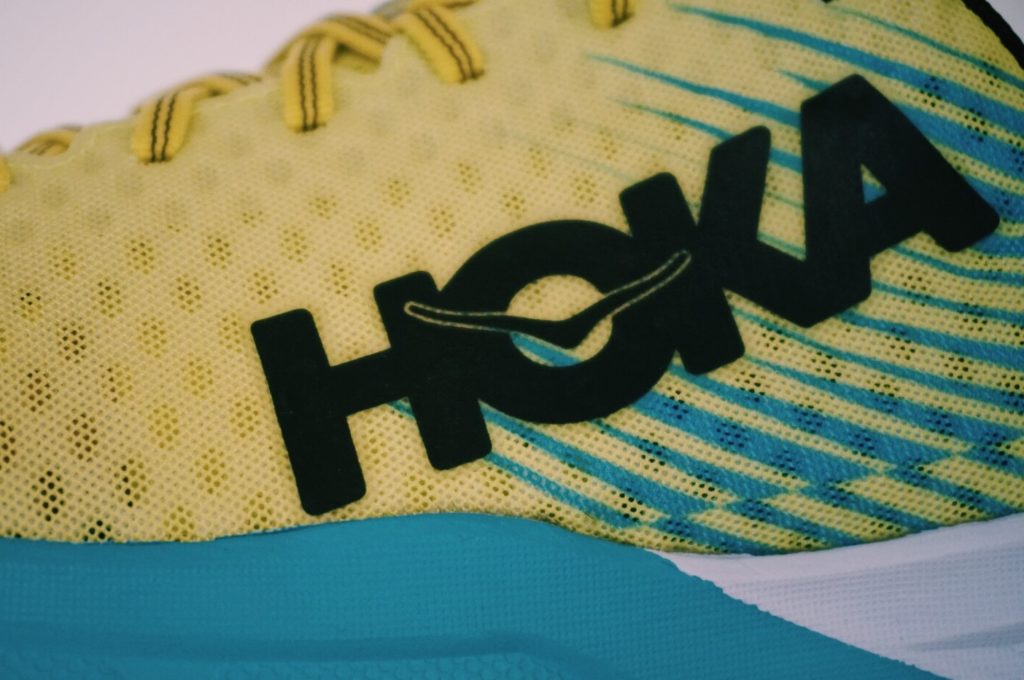
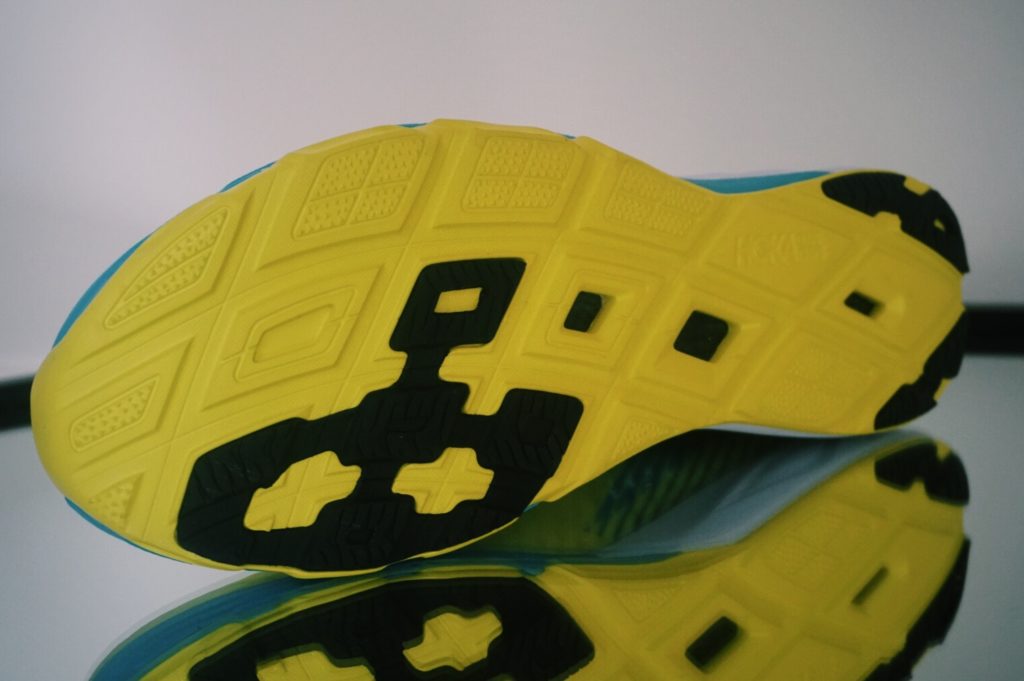
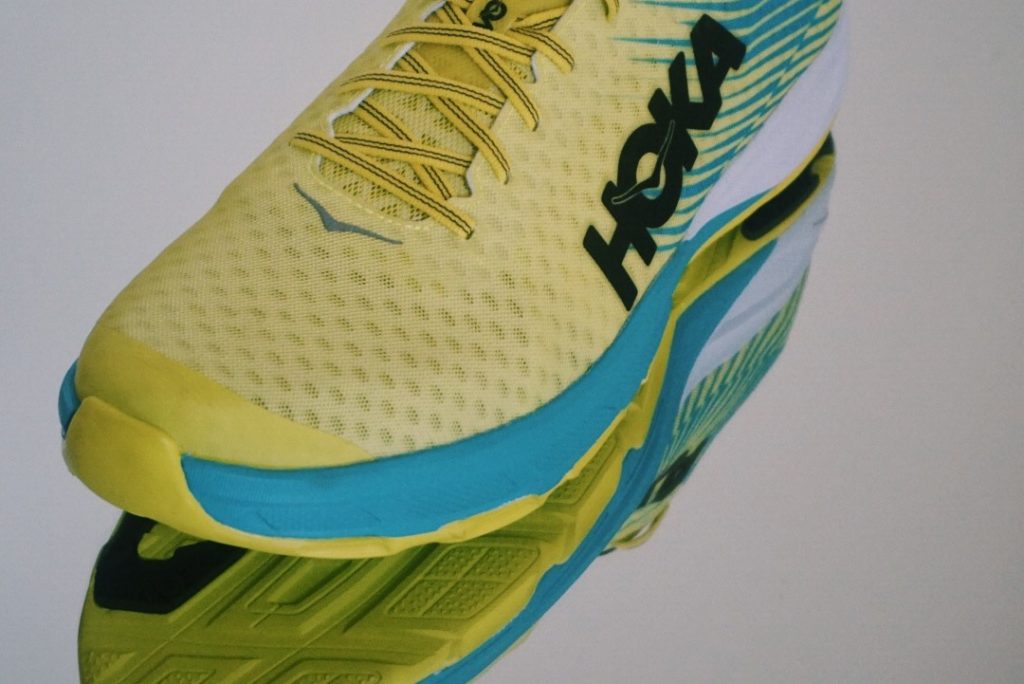
Tune of the day: MJ Cole – Serotonin X Tuamie – Flamingo Pink X Fierce and Cause 4 Concern – Carrier
Society inquired – Sometimes strangers (to my sheer surprise) and every now and then friends – Why is there no steady blog update any longer?
A well-meant request for information with a modest response: My MacBook broke. Our partnership finished abrupt and miserably. While being away the battery of my keying devise blow up and I never got around to get a new one. Whereas there are other (non-moveable) computers available in the household, I never got the enthusiasm to sit in front of a screen and type a report or any other training considerations. The simple peace of siting on the couch and philosophe about sports was gone and from this time my enthusiasm to transcribe and report. In the long run this means that I get to reflect on my season at once. A good thing for once as I think looking back creates a complete different view on what had happened.
A lot has happened and I will sum all the 2018 races up in two separate posts. Onto the first one it is…
01-2018: Premiärmilen, Stockholm
There were still snowflakes on the ground. Temperatures just snatched a little bit higher than zero but the first big 10k road race in the Swedish calendar was on the itinerary. The name pretty much says it all. Premiärmilen kick starts the outdoor racing season and a huge field lined up in my back garden, Djurgården. I felt in decent shape after regular indoor track workouts on the 200 meter oval in Bosön reimbursed little speed to the old legs. As I do most of my training runs around the park where the race took place I kinda knew the course. Not a fast one. Plenty of bends and hills make sure there is not much of a time trial going on. I felt good but the last steep hill at around 8k was too much for me on that day. I wanted to go under 38 minutes as training forecasted. I did not. At the end I was a mere of 40 seconds short.
02-2018: Utö Swimrun
It is weird. Swimrun season appears to come around so fast. Although perceiving the ice-covered Baltic sea a couple of weeks back, it seems so far away to swim in the open water. As soon as the first competitions are around the corner you wonder. So the Utö weekend came around fast. For me, this race is one of the best races around. During the last years I raced quite a bit across Europe but this one is always special to me. Historically the sport of Swimrun was born on this islet. You have heard the story somewhere around here. I will not bore you with more insights on Swimrun history. Plain simple, this course has everything that makes this sport so special to many. You have challenging and icy swims, you face technical and rolling trails, you climb, you need to have fast transitions and you have clean running. This course is fair. Perhaps the fairest course out there. The team that reaches at the finish line first is the best.
For this year’s competition I teamed up with my training buddy Karl. During the winter running was our main focus. We both prefer to swim in the open water. This meant that our swim performance was not at an all-time high. On the other hand the running form was decent and we had the goal to stick around the top 15 as long as possible. With this objective in mind we started offensively as this approach worked out at last year’s race (LINK). The first 2,5 hours went just as we expected it. We altered places between 10th to 14th place. We swam decent, we ran fast and transitions were good. But it wouldn’t be endurance sports if a certain portion of unpredictability and the resulting problem management would not be involved. The wheels started to fall off and we had to slow down. As a team is only as strong as its weakest link we pushed on and fought until the very end. Needless to say we didn’t make the top-15. We came in 29th place in 4:50:57, a mere of 47 minutes off the winners.
03-2018: 40th Stockholm Marathon
It is long ago that I ran a marathon. Moving to Stockholm, learning the (new and upgraded) route and finding out that this year’s version is the 40th, it was a no-brainer and the seed for plenty of inspiration and training motivation. I signed up for the competition with the clear goal to snatch under the magic 3 hours wall once more. There is something I really like about the Marathon Training circle. The simplicity of running is second to none. I’m not shy of repeating myself when it comes to this fact. So getting in the honest and lengthy miles, doing the rigid speed grind and staying healthy went well. Regular track sessions and long runs alone and with my cherished YO people created a running form that I did not had in a good while. The week before the marathon I set out on a last test run and it felt easy to jog 20k a good bit below my goal marathon pace. After I came back home with an 3:57 minutes per kilometer average on the clock I was convinced to reach my goal – Sub 3.
Race-week was on and not only the tension was rising. Sudden heat stemmed an formed an wonderful but strangely hot and wind-less June day in Stockholm. I got changed at home and jogged the 500 meters to the startline nearby our apartment. Such a treat and something I have never experienced before. Being so close to the start of a major marathon is amazing. I grabbed a bottle of water and relaxed beside in the tiny bit of shadow that was available beside the start. The weather conditions should command the pace. I’m not too good in the heat. Particularly when running at Marathon pace. I tried to not tell me this too often and just think about pacing and nutrition. It all went well and I found my tempo fast.
Traveling around my new hometown was pure class. Swedes do value their sports. Stockholmers were out to applaud and it was a picture-perfect day for it. For cheering. I need to be precise. I hit the splits on target, adored the YO cheering zone (THANKS so much…) and was one happy jogger while running through our home district of Östermalm. Some neighbors and friends were out and it was great and uplifting to see everyone out on the streets partying.
All went pretty well for me until about the “fairy-tale”-like 30 Kilometer mark. This is where I fell apart and got broiled in the heat and sun on Södermalm. For a good couple of kilometers I was able to hold it together but I could not hold my nutrition and ultimately had to dispense all the stuff I had eaten for the last couple of hours. The rest was a dead-march back to the Olympic stadium where I tried to enjoy the magnificent finish line in this antique place. I do not really recall my time and my motivation to look it up again is not that high. It was well over 3 hours. My friend Sana, who took care of the elite athletes, promised me a picture opportunity with my blue-collar hero Yuki Kawauchi. I’m not sure what hurt most. This fact or the one that I did not break the 3 hours mark.
Nobody wants to read about stupid excuses. That is why I will never go into that. The heat, the nutrition? Whatever. No balls to tackle the heat. That’s how I see it. Onto the next one.
04-2018: Stockhom SwimRun Sprint
I guess it is OK to call it a tradition by now. One competition a year has to be done with brother Henrik Kindgren. This time the local retreat around Djurgarden was the target. Goal-wise we tried to keep it simple. We aimed for the win.
“We won this solely by experience!” was Henrik’s swift race recap when we crossed the finish line first. We ran hard from the start. Entered the water first. Swam hard but got overtaken. Got the lead back on the run and then lost it again in the water. This went on and on until the very last swim. After that we decided to excel. Still worn-out from the Marathon my legs hurt a lot but we made it. Even before the finish line was set up.
Super fun to do this with Henrik and a great mental boost after the disappointment at the Stockholm Marathon. Let’s ride this tradition!
05-2018: Långholmen SwimRun Sprint
I love when people get hooked with SwimRun. My colleague Firas was stunned and motivated as he watched last year’s ÖtillÖ with my colleagues. Consequently he wanted to try the sport himself. I insisted him to sign us up for the best race Inner-Stockholm has to offer, the Långholmen SwimRun. After several early morning swims and lunch-break gear checks we were ready to go. And what fun it was to scramble and run around the beautiful island of Långholmen. I’m confident SwimRun has a new fan.
Halftime!
Tune of the day: Statik Selektah and Termanology – Still (feat. Kendra Foster) X Dj Icey – Make me feel good

